Tech Articles
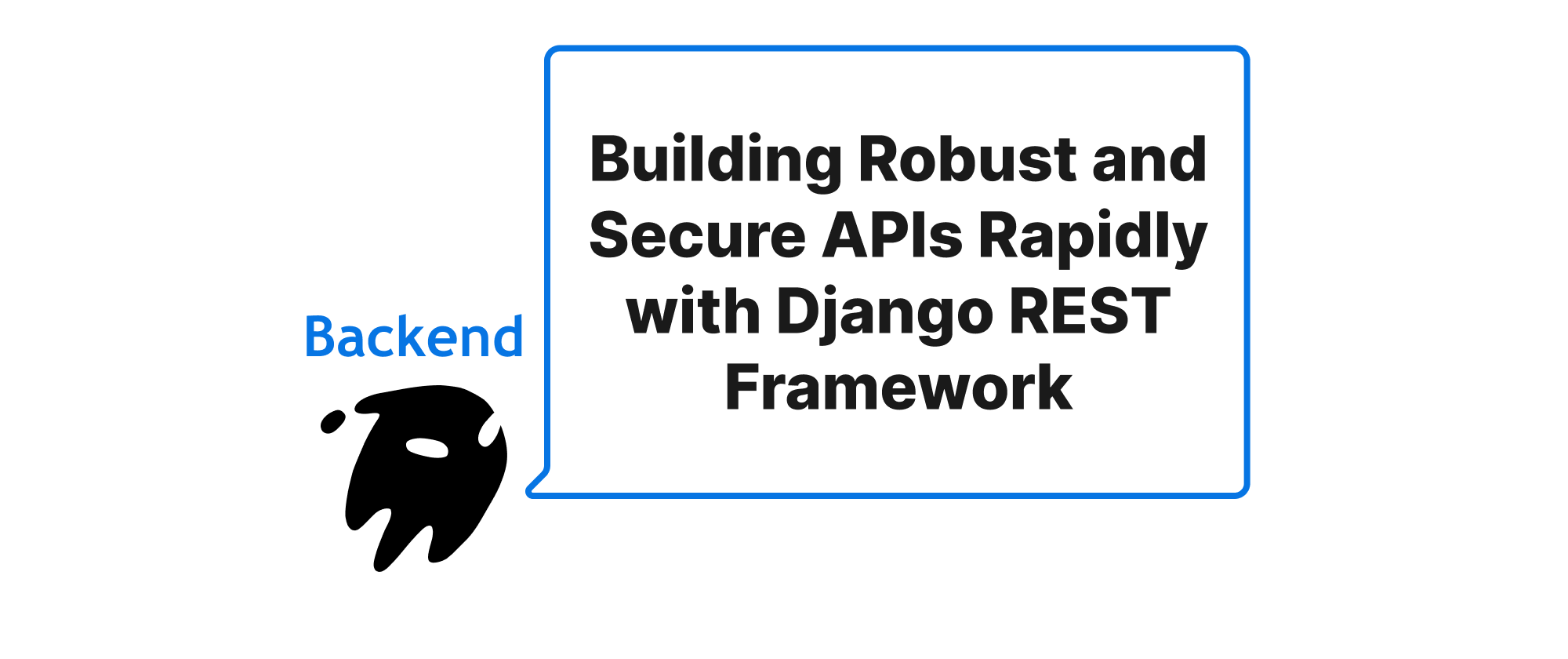
Building Robust and Secure APIs Rapidly with Django REST Framework
Explore how Django REST Framework empowers developers to quickly construct powerful and secure APIs, detailing its core concepts, practical implementation, and key advantages.
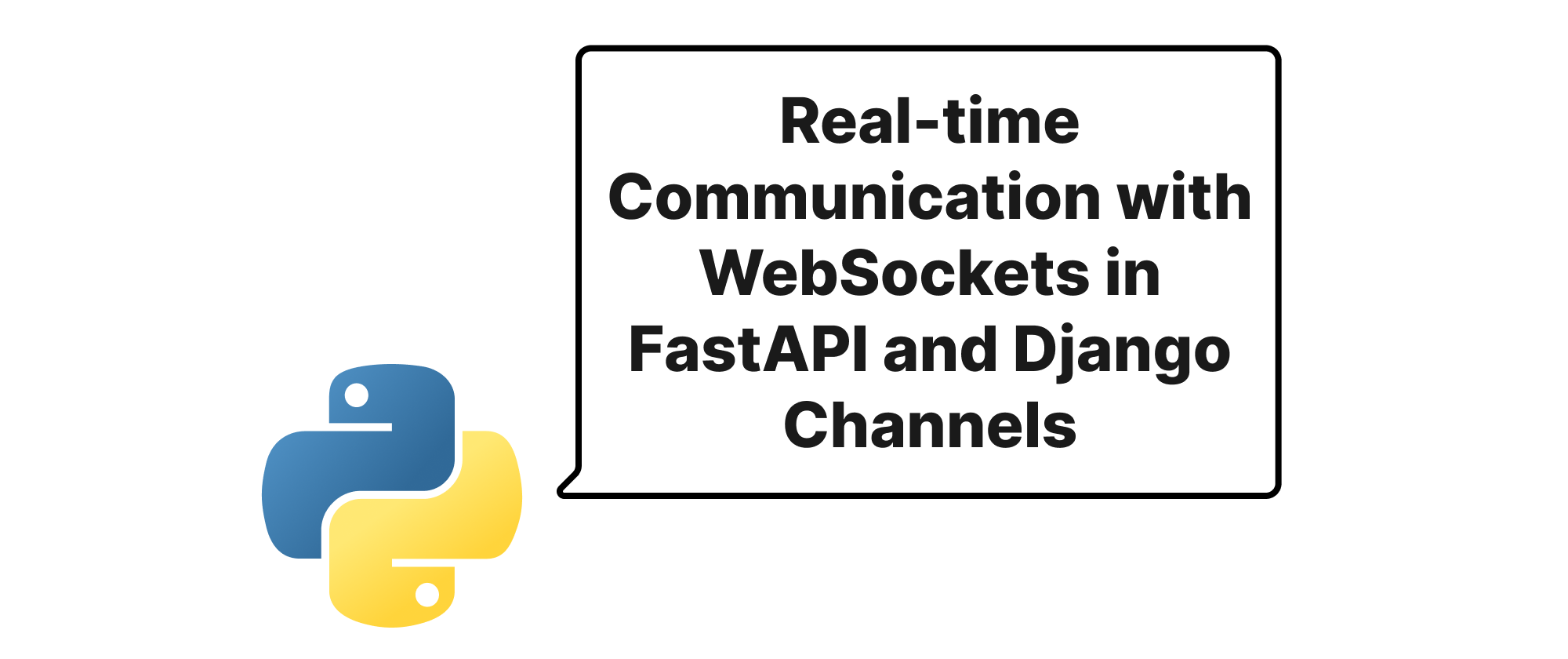
Real-time Communication with WebSockets in FastAPI and Django Channels
This article delves into implementing WebSocket connections in Python using FastAPI and Django Channels, explaining core concepts, practical implementation with code examples, and use cases for building real-time applications.
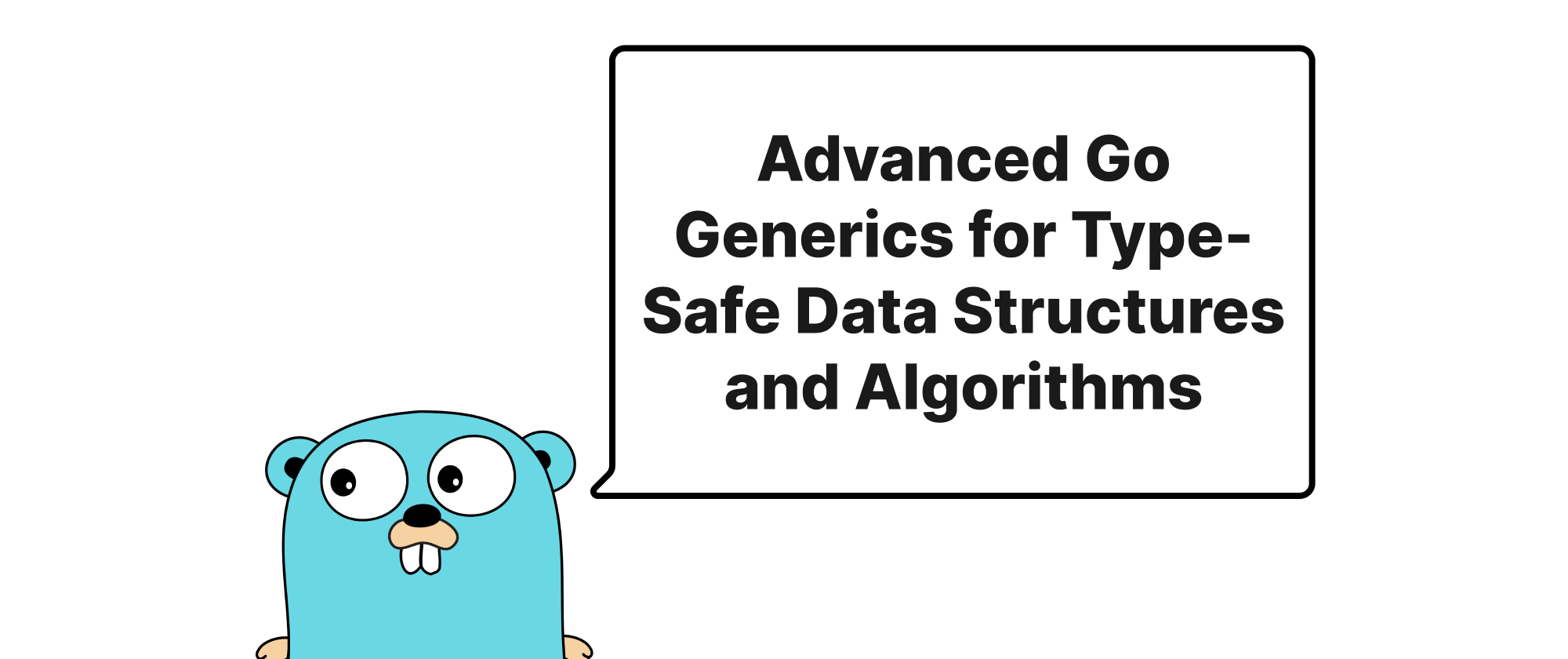
Advanced Go Generics for Type-Safe Data Structures and Algorithms
Exploring Go 1.18+ generics to build robust, type-safe data structures and algorithms, moving beyond basic usage to unlock powerful abstractions.
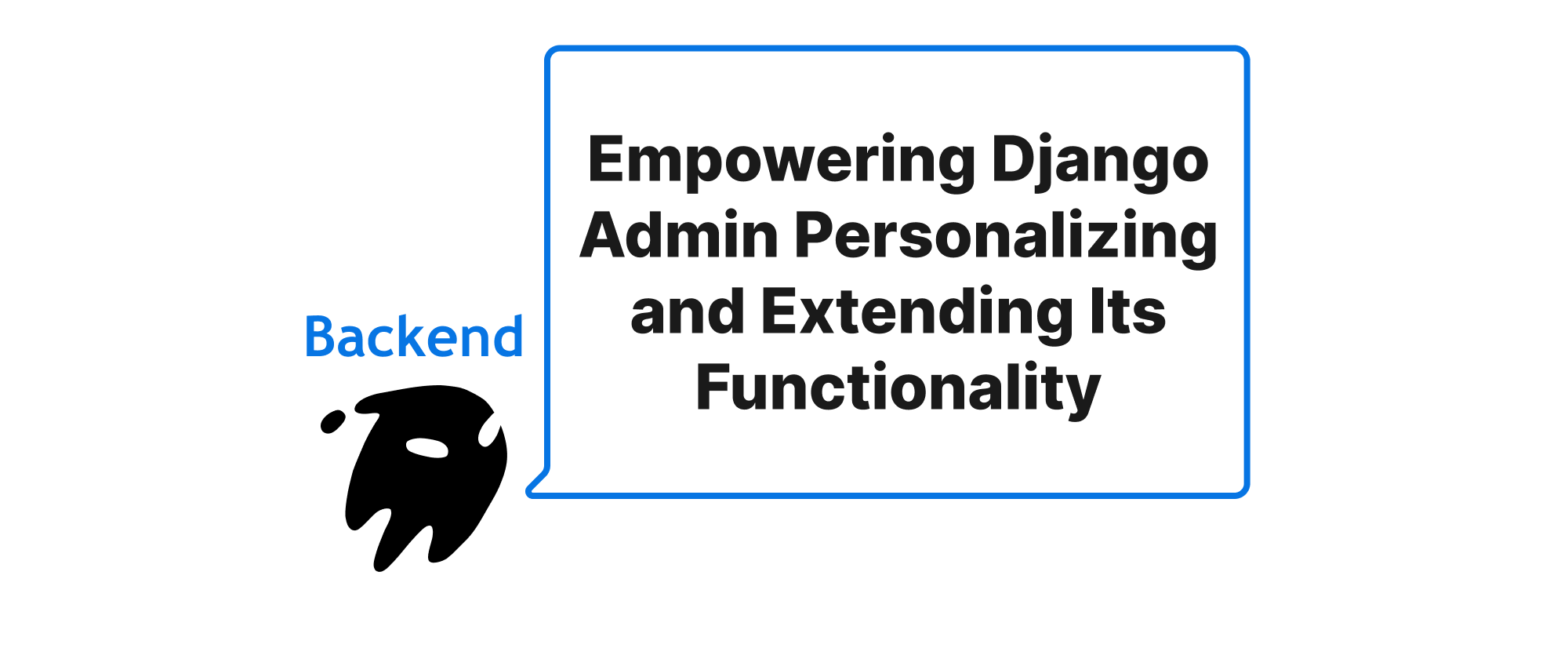
Empowering Django Admin Personalizing and Extending Its Functionality
This article delves into the customization and extension of Django Admin through ModelAdmin, Actions, and Filters, providing practical examples and explanations for each.
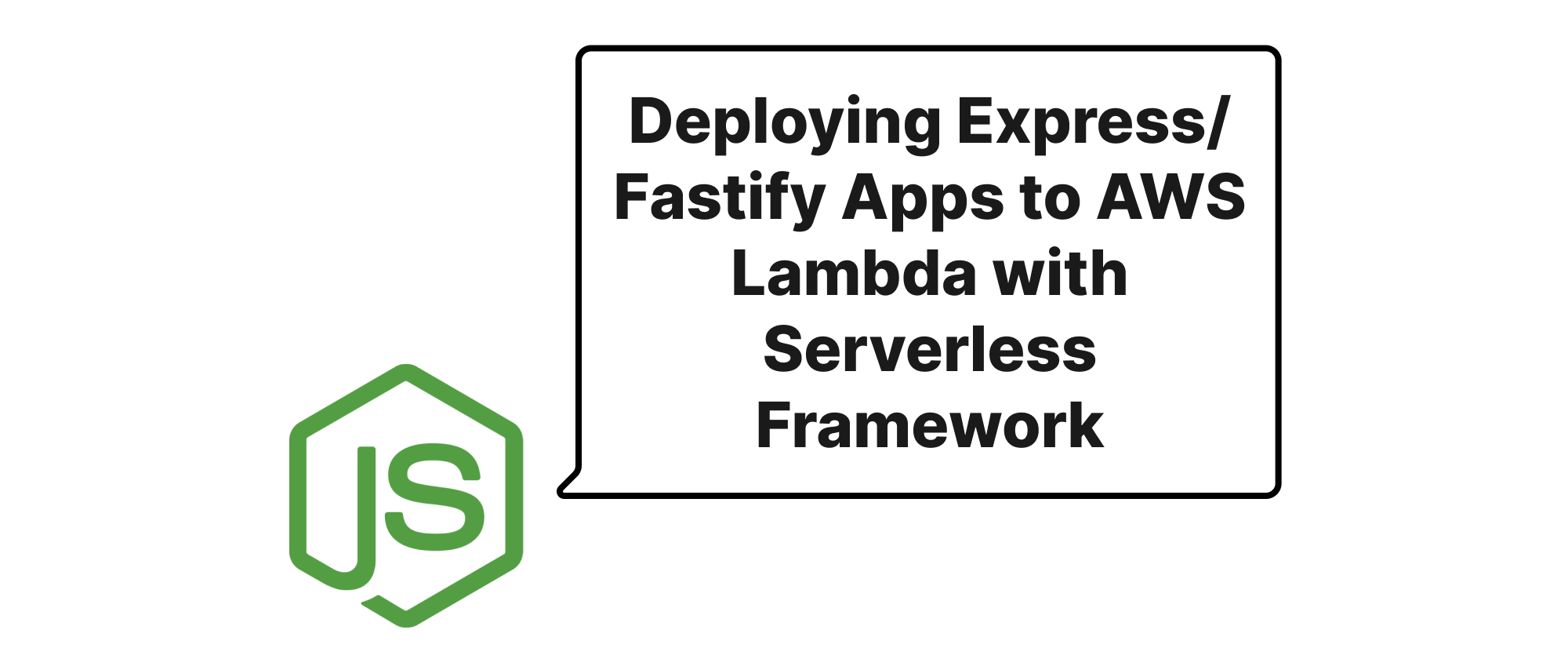
Deploying Express/Fastify Apps to AWS Lambda with Serverless Framework
Discover how to efficiently deploy your existing Express or Fastify applications to AWS Lambda using the Serverless Framework, leveraging serverless benefits without rewriting your code.
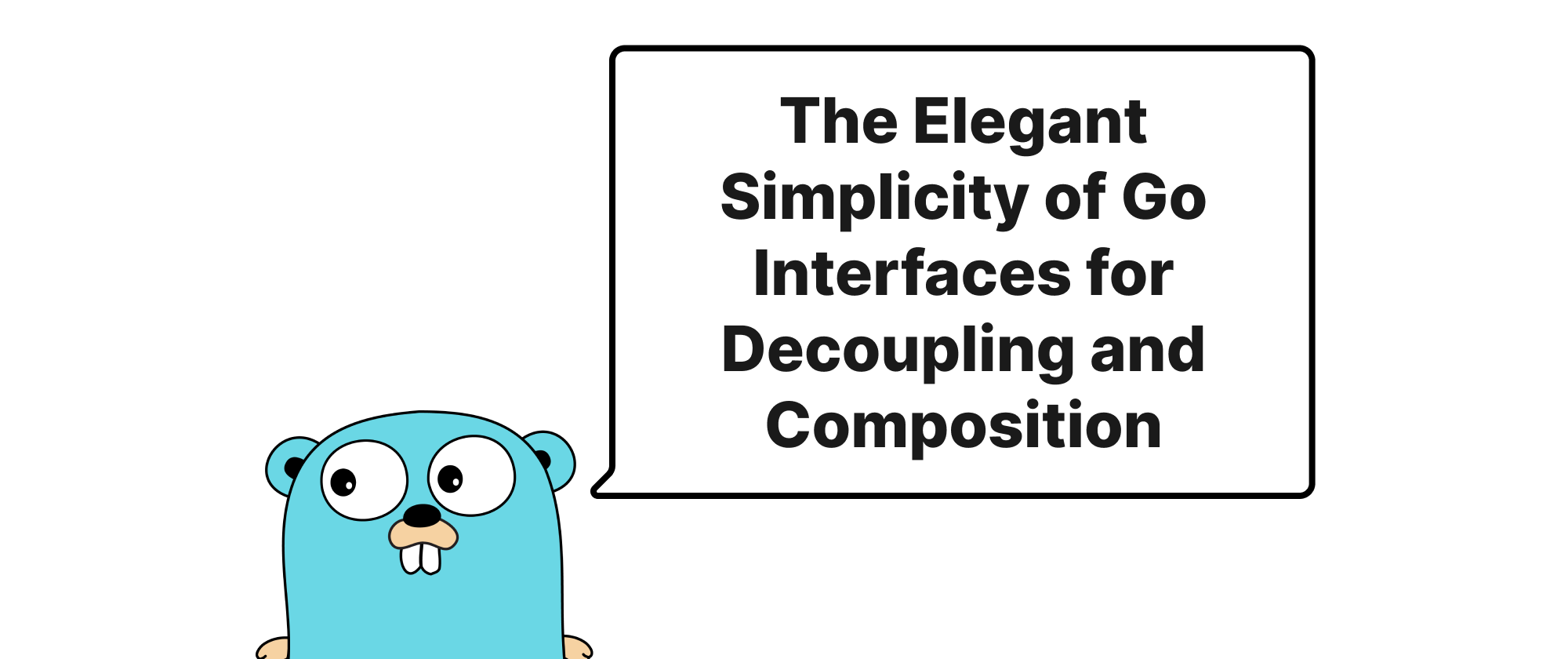
The Elegant Simplicity of Go Interfaces for Decoupling and Composition
Exploring how Go's interfaces, particularly the empty interface, embody a powerful design philosophy for building flexible and maintainable software through effective decoupling and powerful composition.
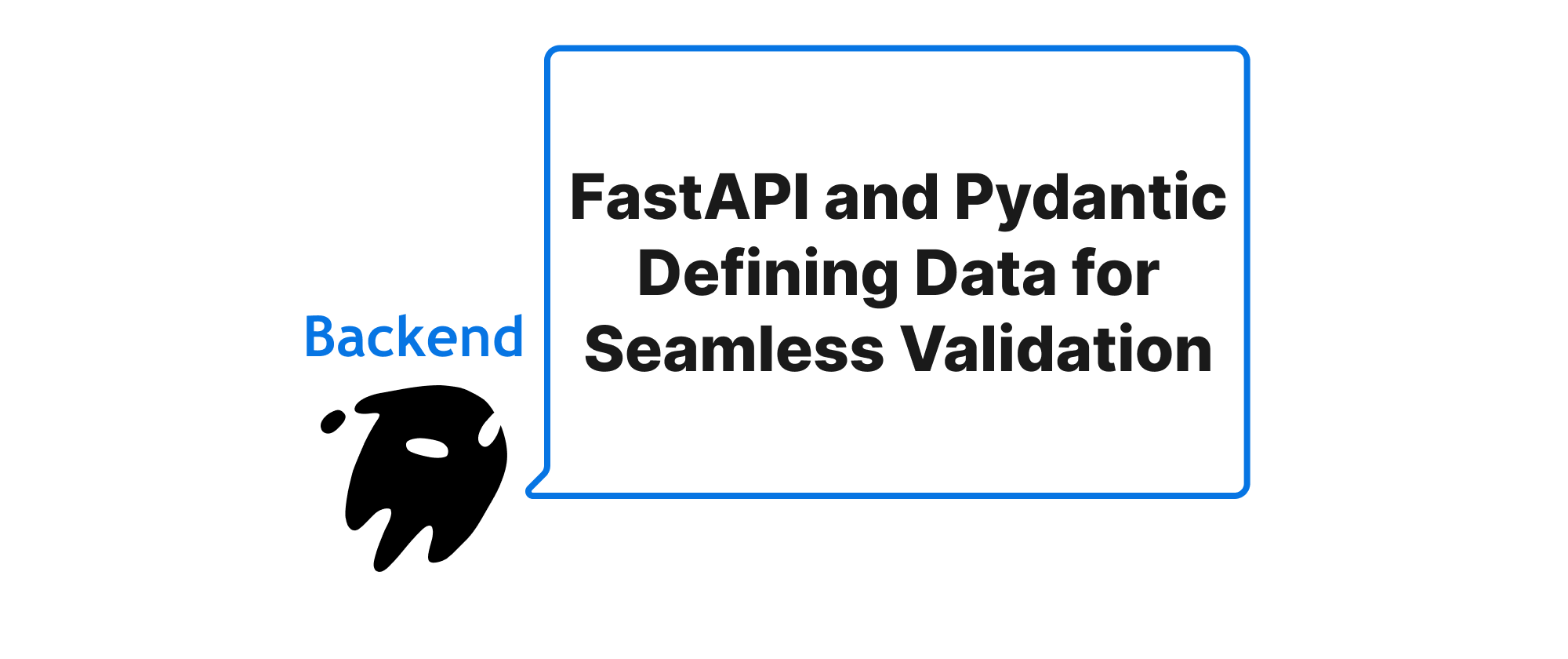
FastAPI and Pydantic Defining Data for Seamless Validation
Exploring how FastAPI, powered by Pydantic, enables developers to define data models that automatically act as documentation and streamline data validation, eliminating traditional boilerplate.
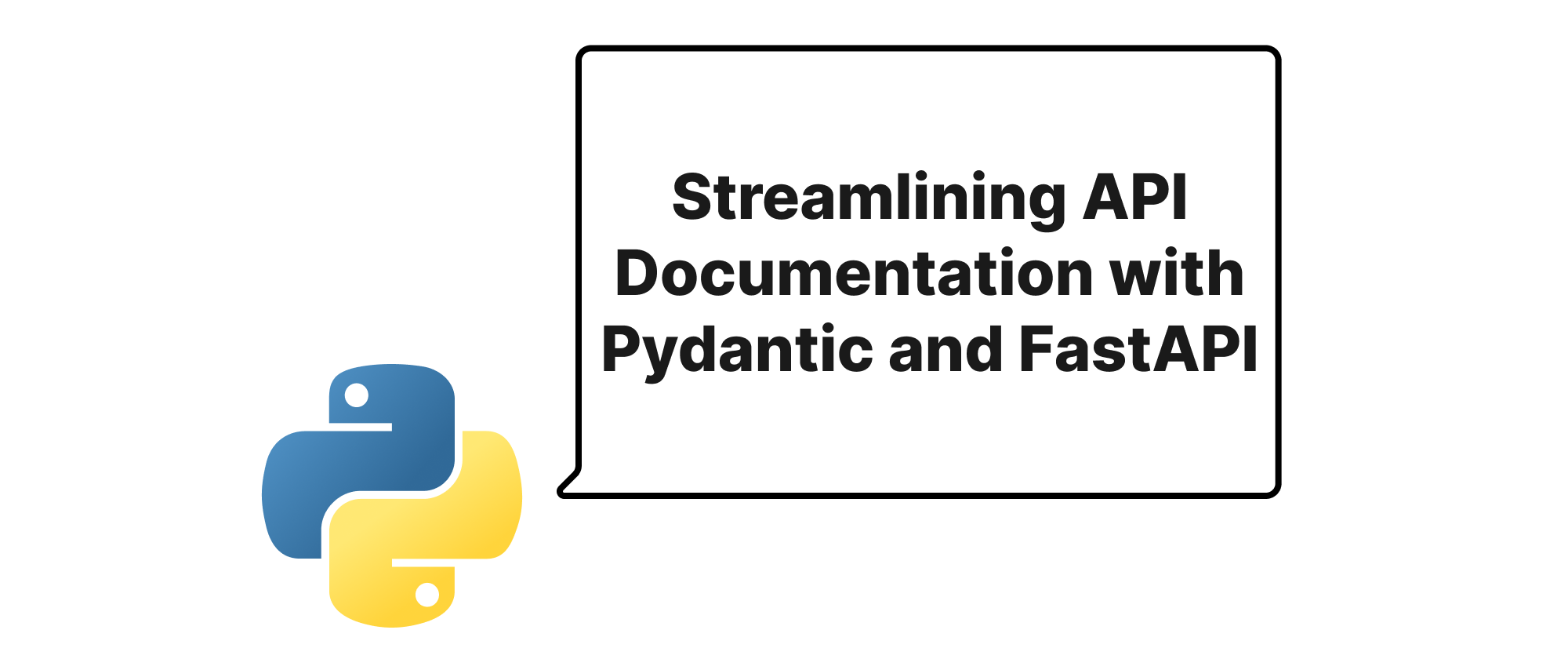
Streamlining API Documentation with Pydantic and FastAPI
Discover how Pydantic and FastAPI automatically generate interactive OpenAPI and ReDoc documentation, enhancing API development and collaboration.
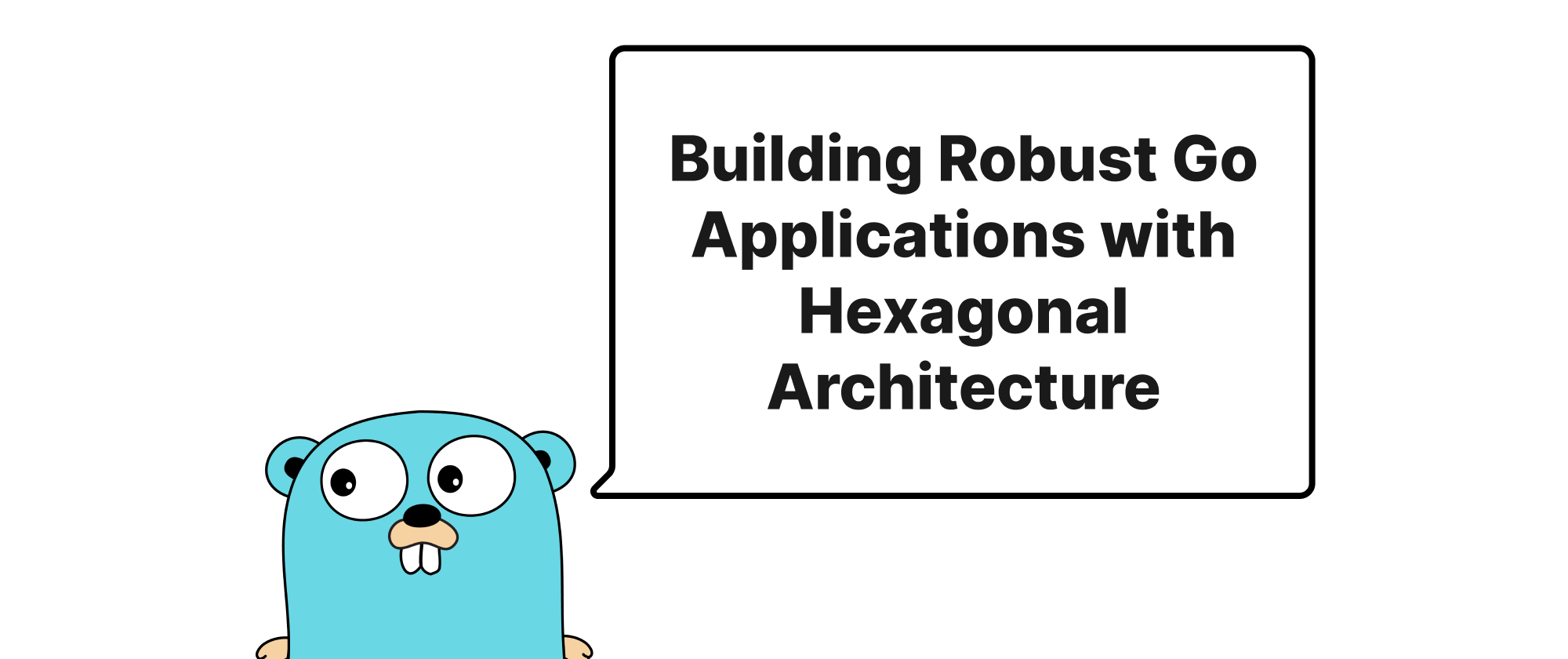
Building Robust Go Applications with Hexagonal Architecture
Explore how Hexagonal Architecture in Go fosters clear business boundaries, testability, and adaptability by decoupling core logic from external concerns.
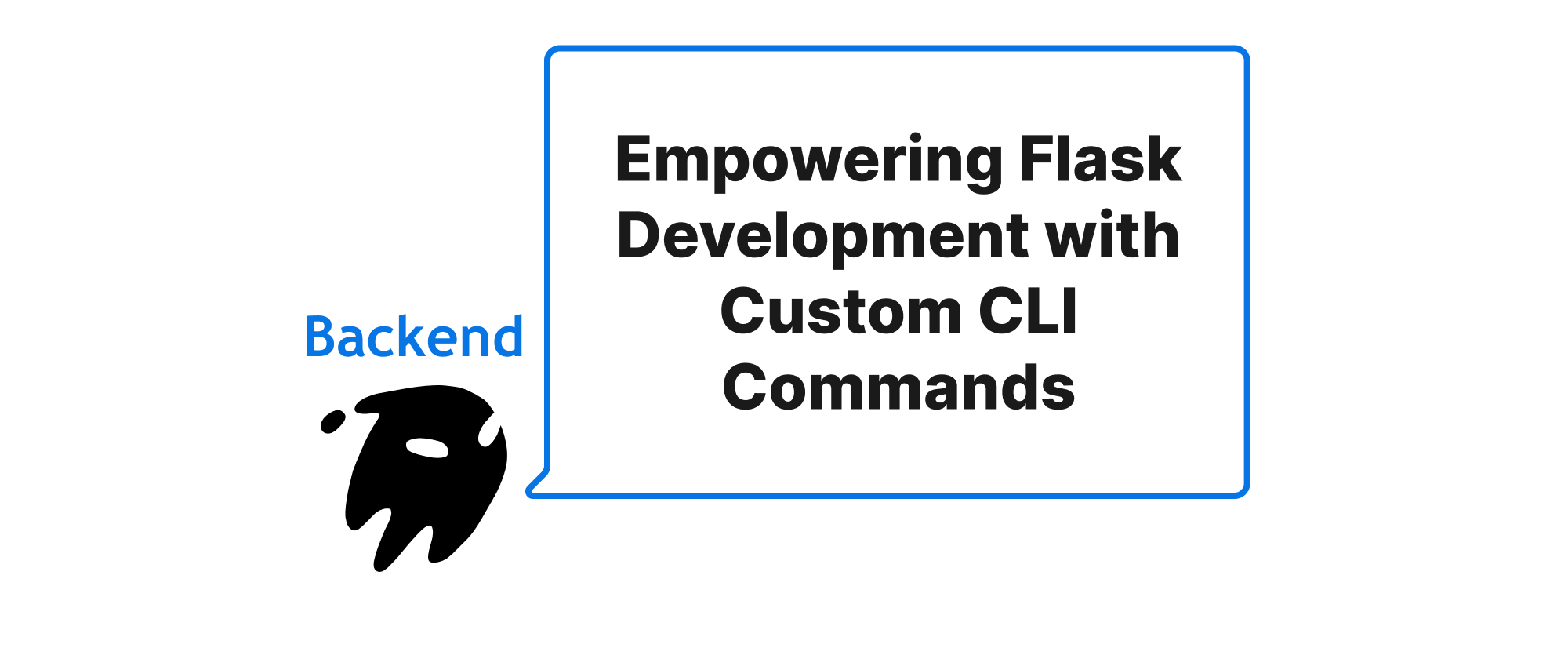
Empowering Flask Development with Custom CLI Commands
Learn how to create and integrate custom command-line interface (CLI) commands into your Flask applications for enhanced developer productivity and streamlined operations.
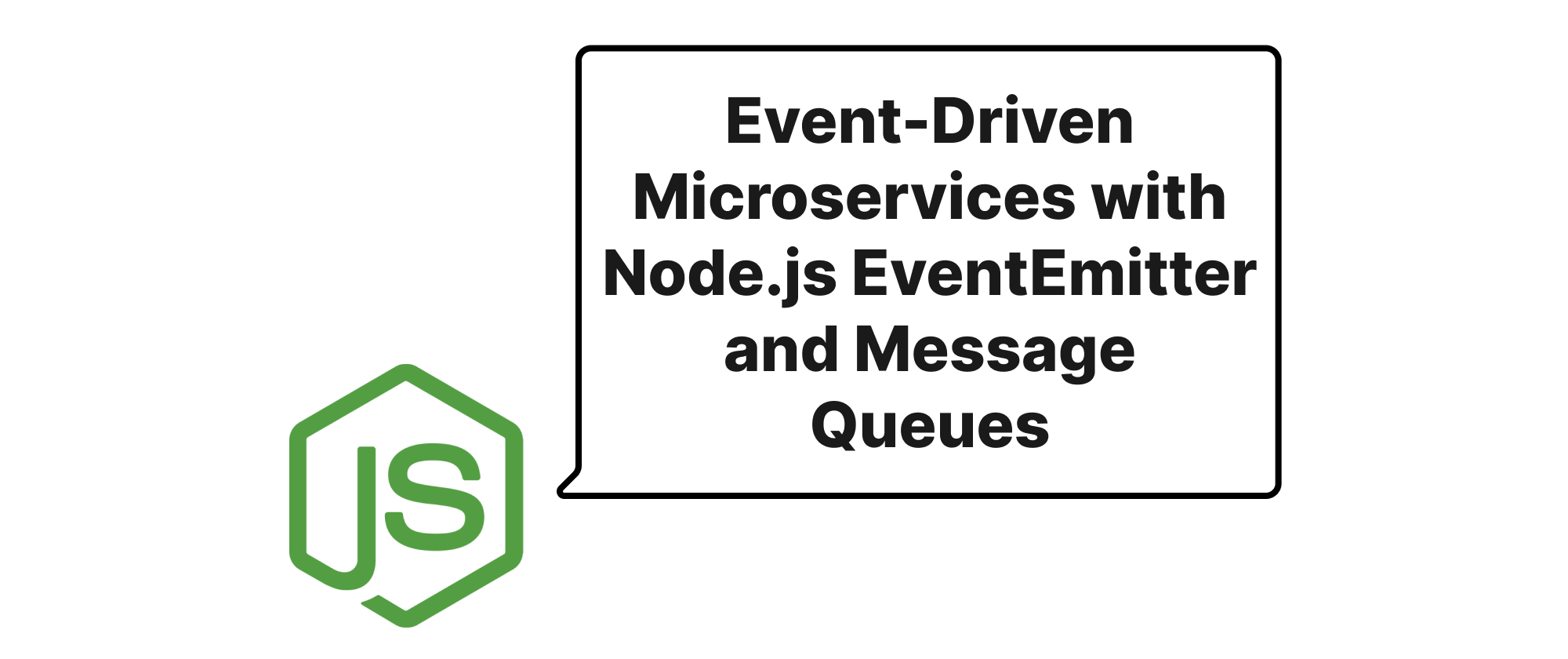
Event-Driven Microservices with Node.js EventEmitter and Message Queues
Explore how Node.js EventEmitter and message queues can be combined to build robust, scalable event-driven microservices, improving decoupling and responsiveness in distributed systems.
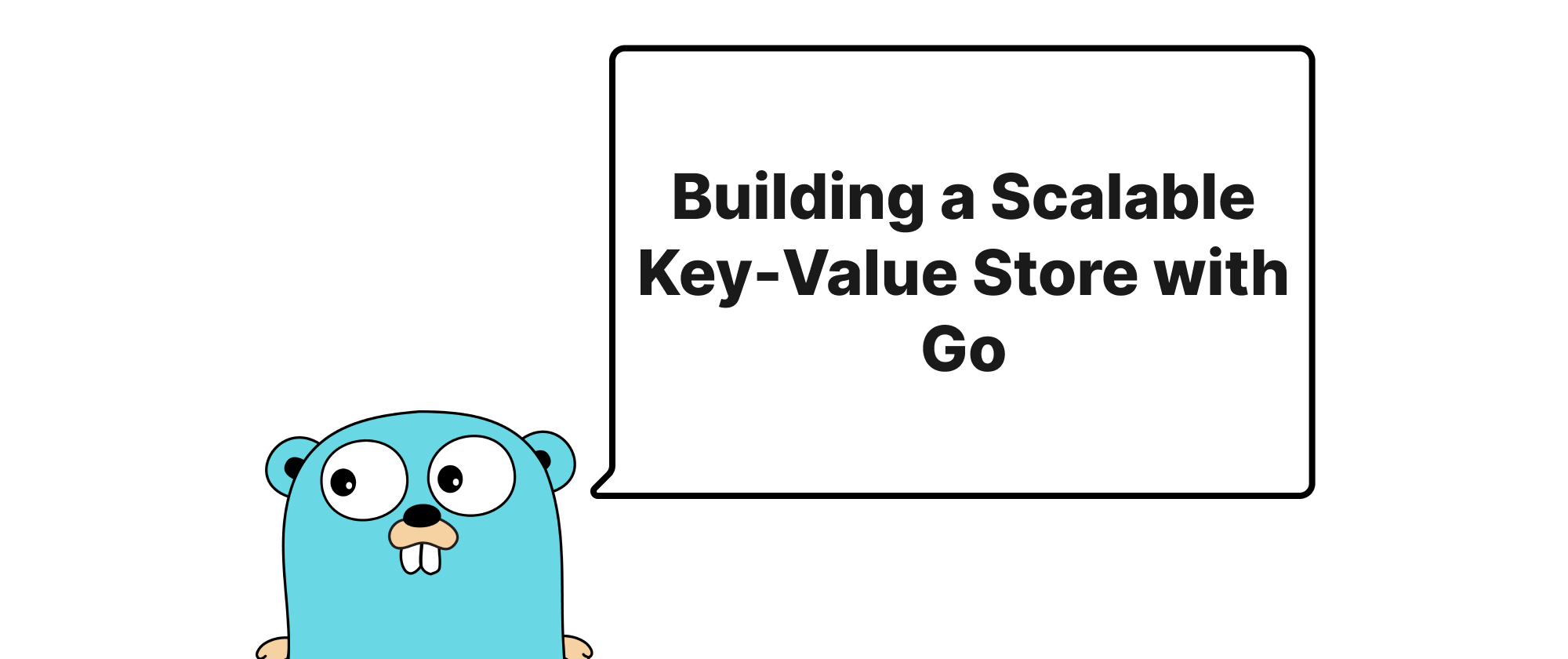
Building a Scalable Key-Value Store with Go
This article delves into the design and implementation of a simple distributed key-value store using Go, exploring core concepts, practical code examples, and its real-world applicability.
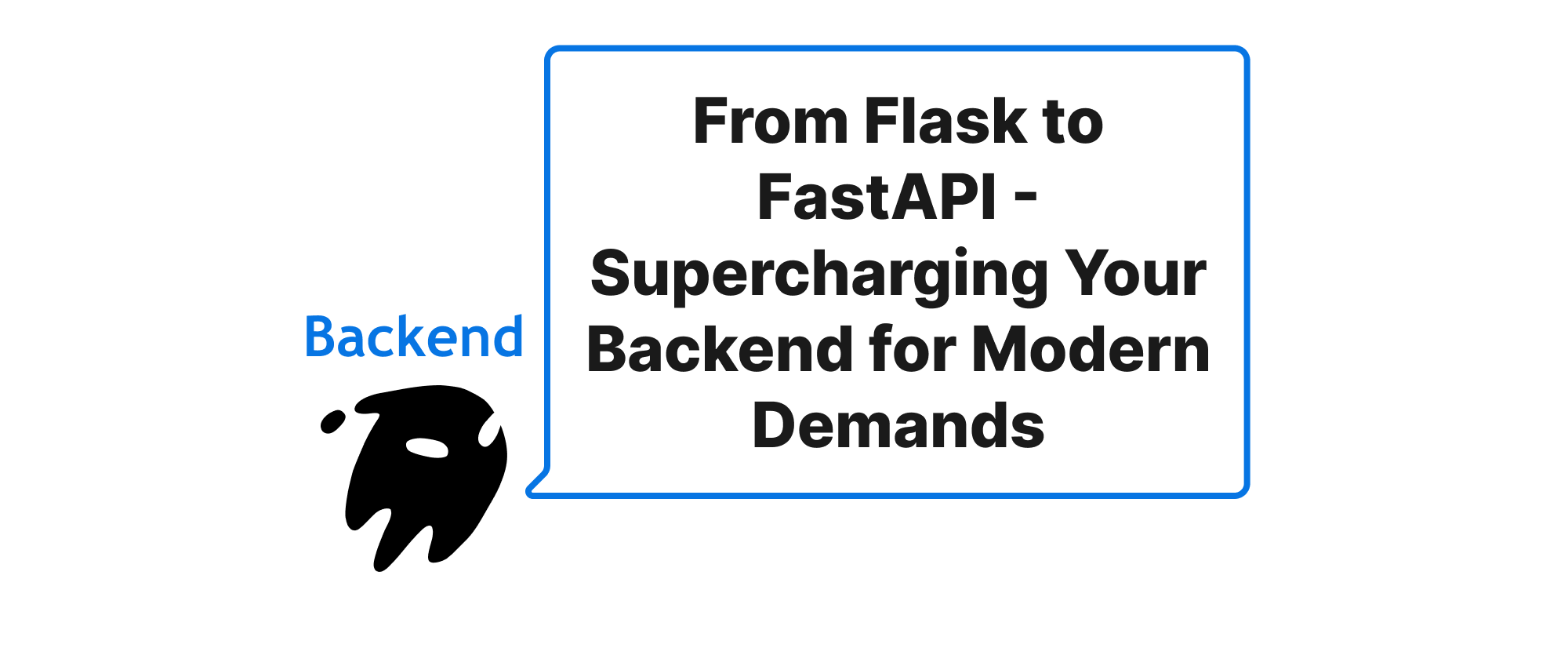
From Flask to FastAPI - Supercharging Your Backend for Modern Demands
Explore the journey of migrating a Flask application to FastAPI, delving into performance gains, modern development practices, and practical code examples that demonstrate the benefits of this transition.
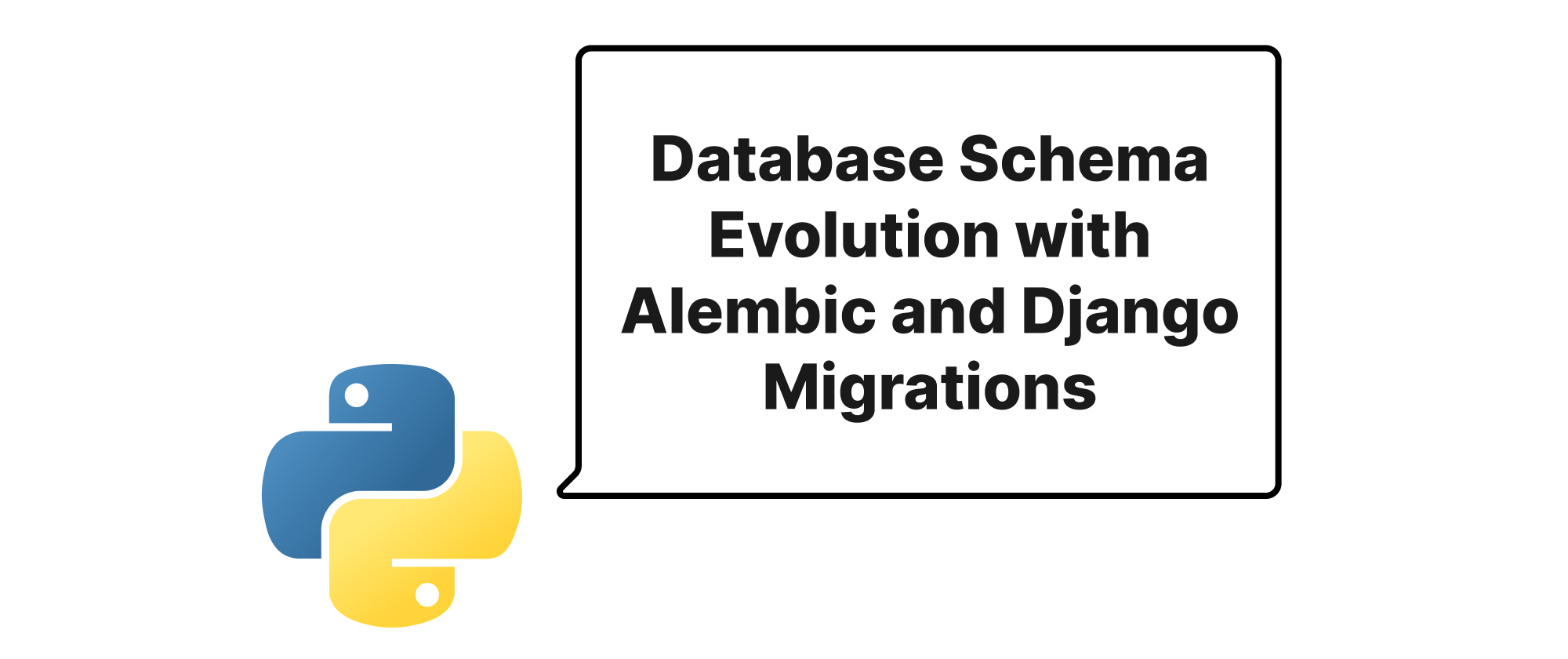
Database Schema Evolution with Alembic and Django Migrations
A deep dive into managing database schema changes using Alembic for SQLAlchemy and Django Migrations, comparing their approaches and practical applications.
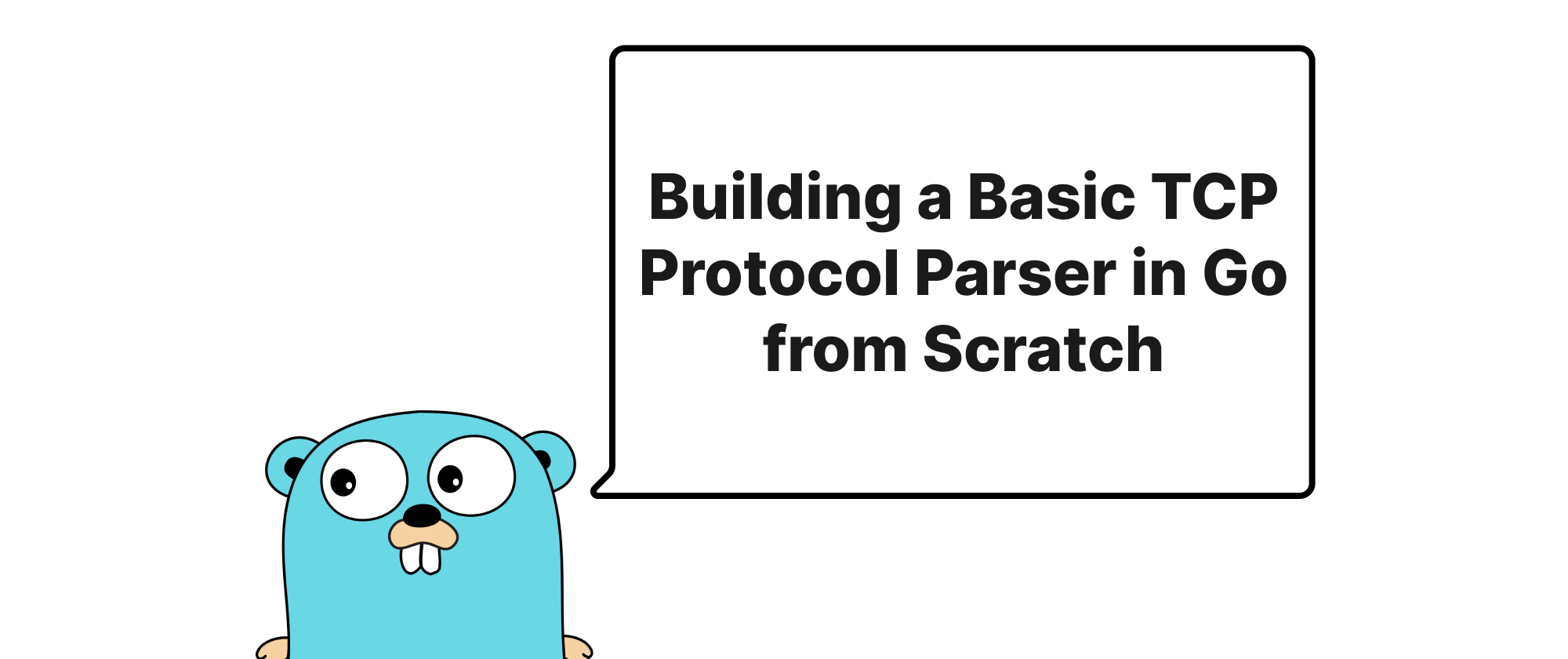
Building a Basic TCP Protocol Parser in Go from Scratch
This article delves into the process of constructing a rudimentary TCP protocol parser using Go, explaining the underlying principles, core concepts, and providing practical code examples.
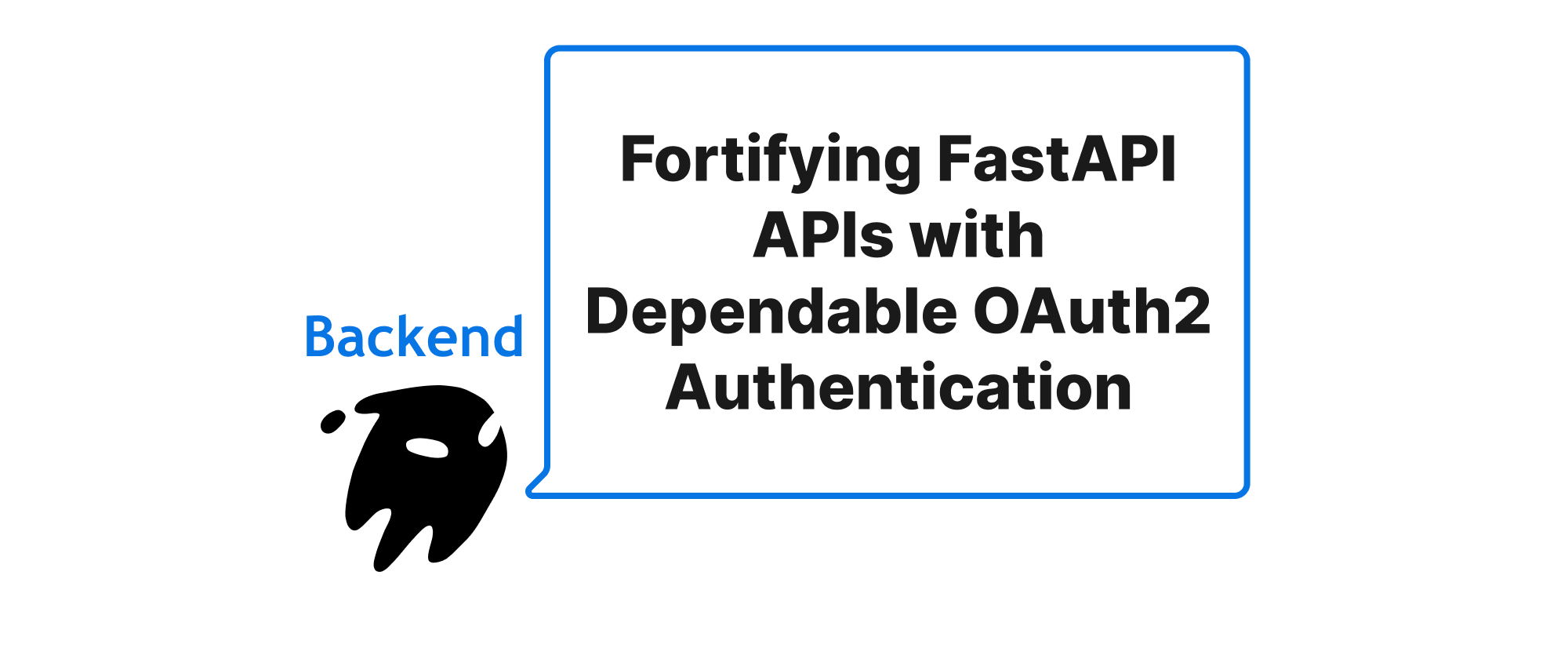
Fortifying FastAPI APIs with Dependable OAuth2 Authentication
Exploring how to secure FastAPI applications using the robust combination of FastAPI Depends and OAuth2PasswordBearer, providing practical examples and explanations.
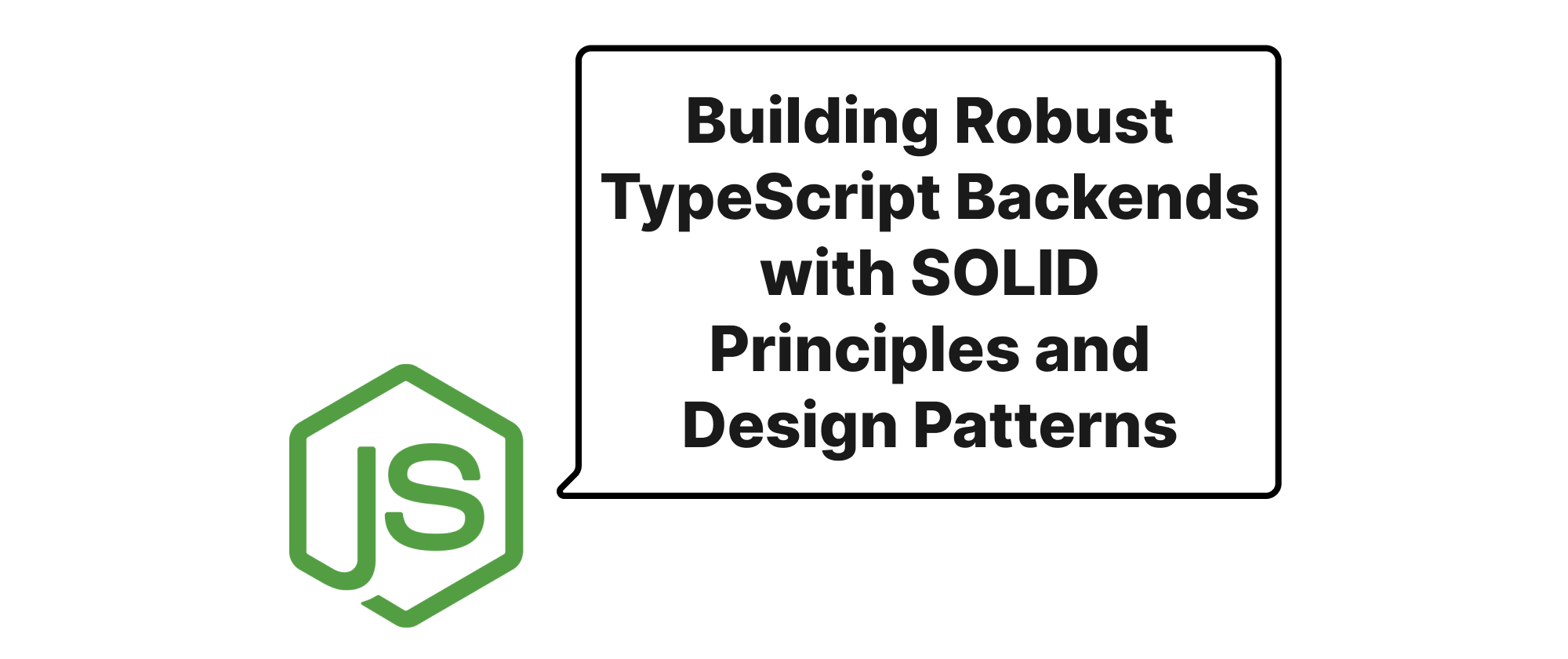
Building Robust TypeScript Backends with SOLID Principles and Design Patterns
This article explores the practical application of SOLID principles and common design patterns in TypeScript backend development, emphasizing how they lead to maintainable, scalable, and resilient systems.
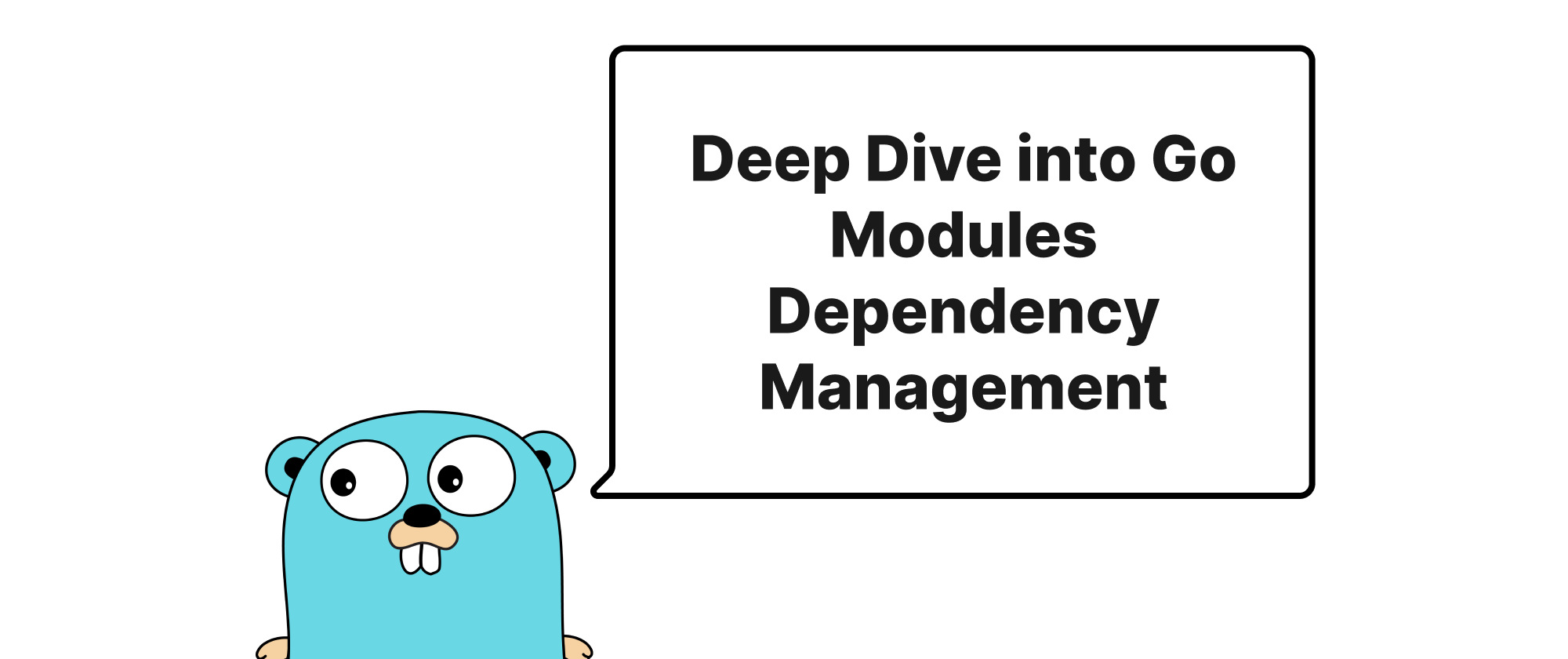
Deep Dive into Go Modules Dependency Management
Explore the foundations of Go Modules, understanding go.mod and go.sum for robust dependency management, and extending their power to integrate with private repositories.
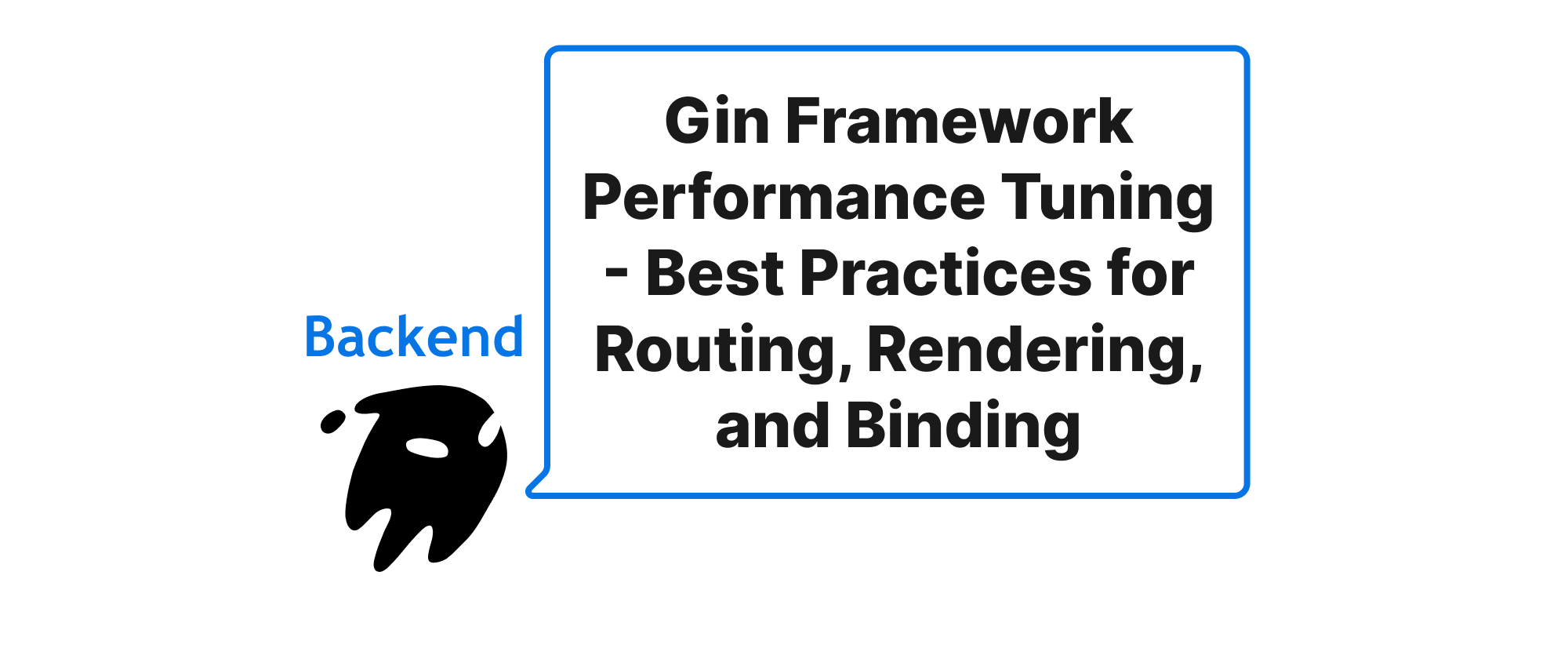
Gin Framework Performance Tuning - Best Practices for Routing, Rendering, and Binding
This article delves into the best practices for optimizing performance in the Gin web framework, focusing specifically on routing efficiency, rendering speed, and efficient data binding to build high-performance Go applications.
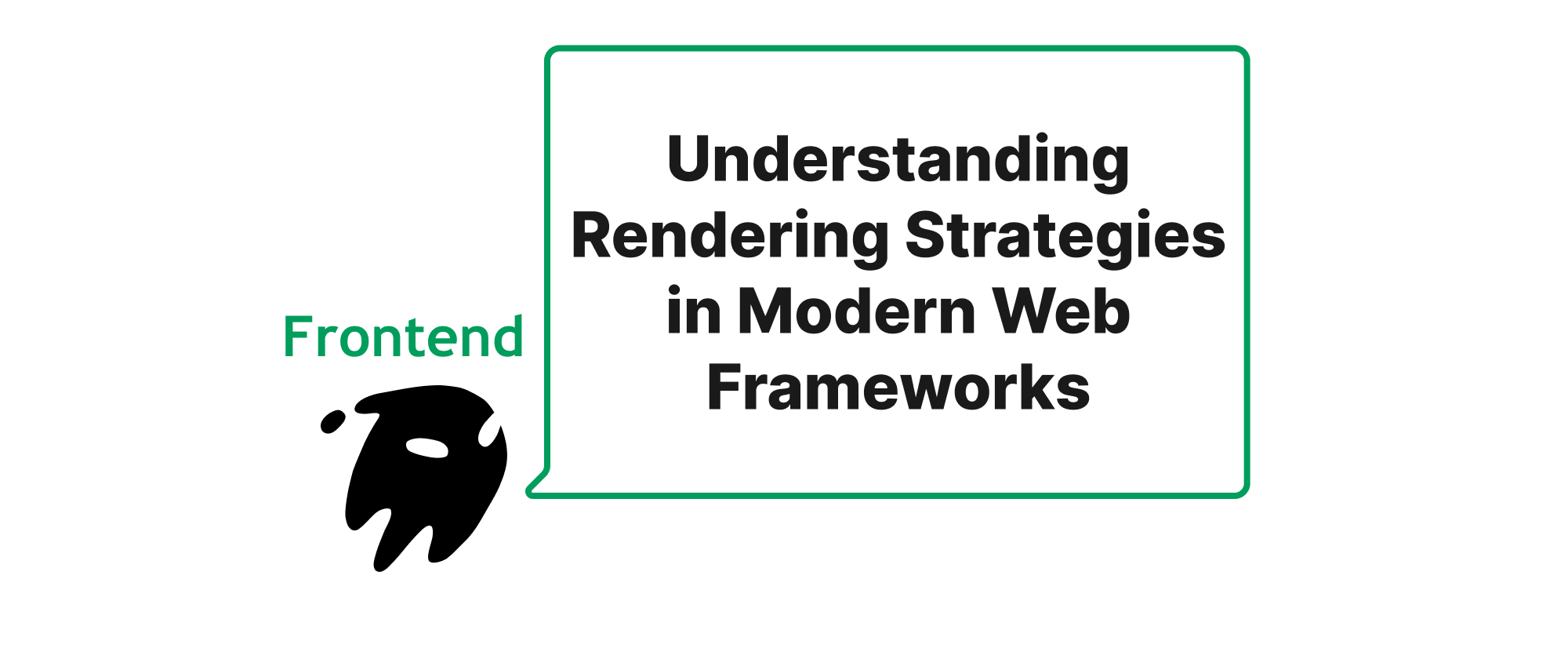
Understanding Rendering Strategies in Modern Web Frameworks
Explore CSR, SSR, SSG, and ISR in Next.js and Nuxt.js, discerning their mechanisms, practical implementations, and optimal selection for diverse web applications.
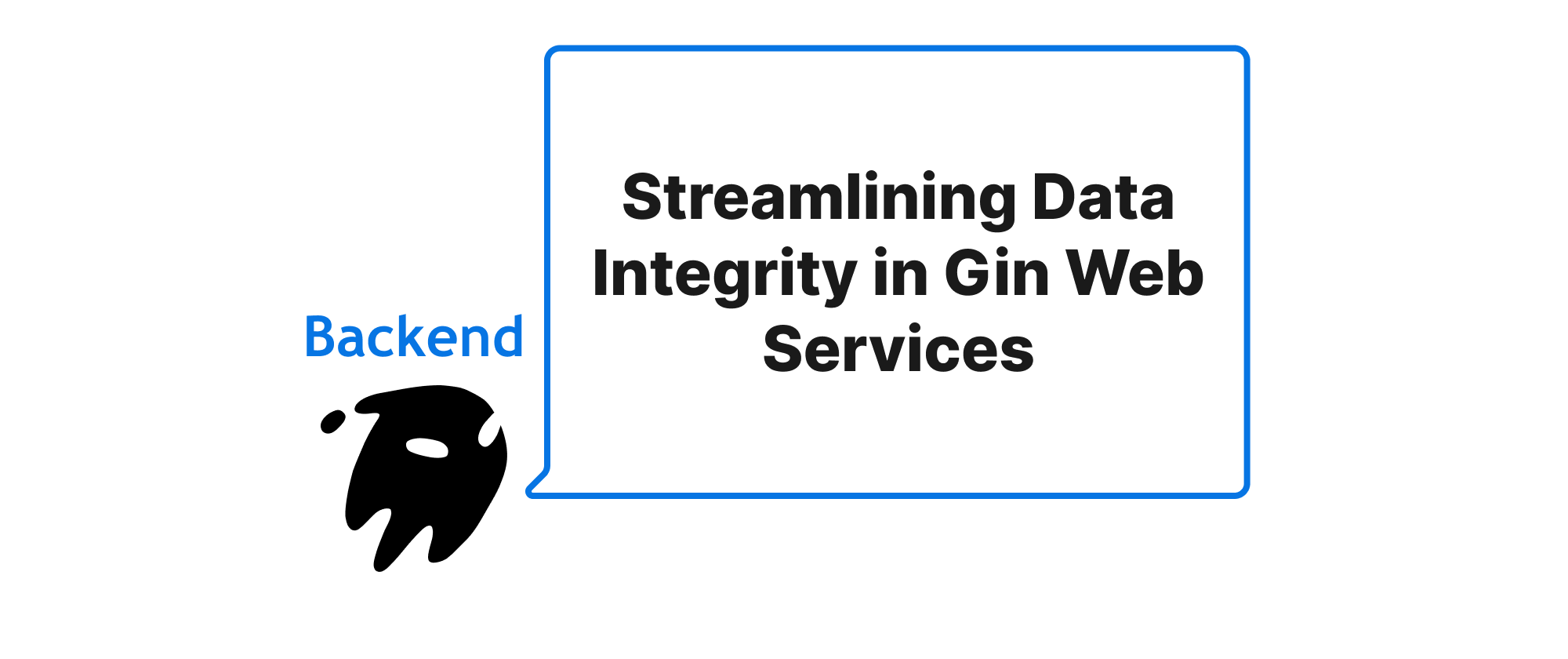
Streamlining Data Integrity in Gin Web Services
This article delves into the intricacies of data binding and custom validation within the Gin web framework, providing practical examples and best practices for building robust and secure API endpoints.
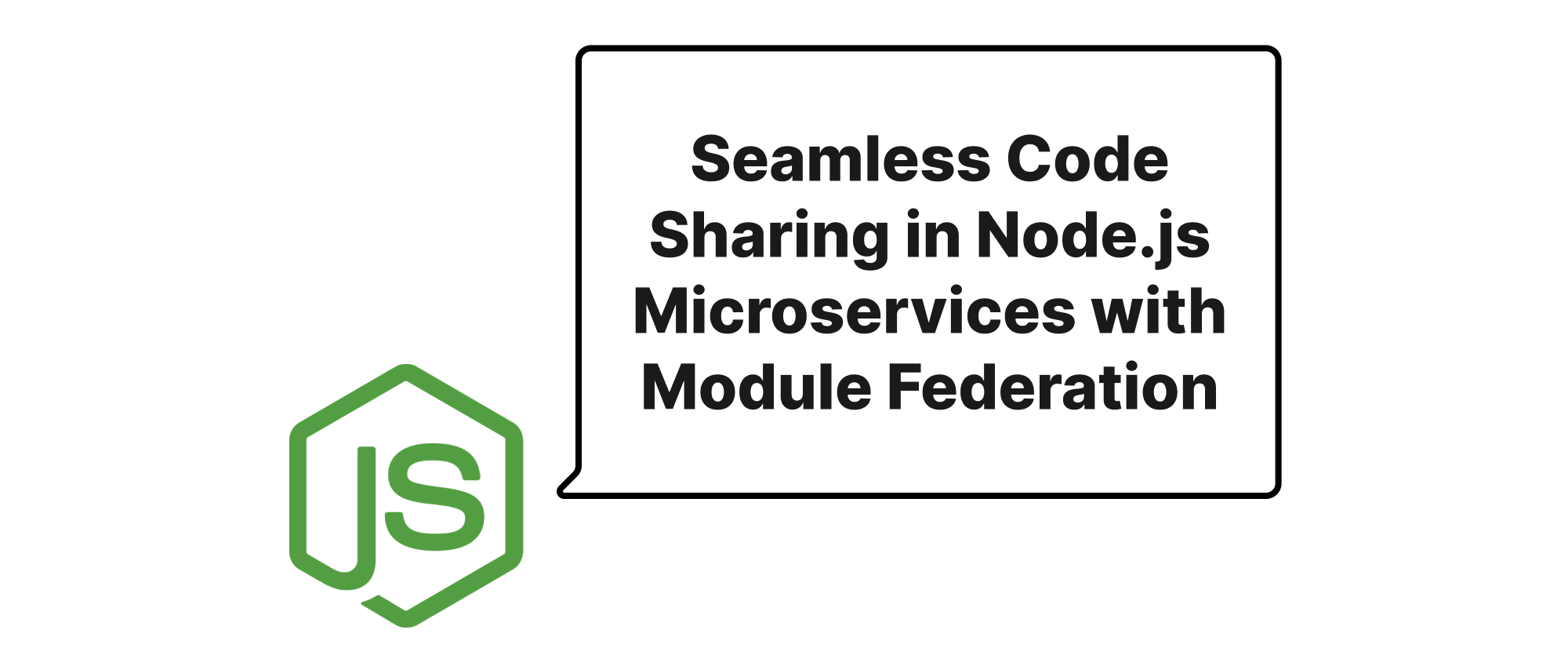
Seamless Code Sharing in Node.js Microservices with Module Federation
Explore how Module Federation enables efficient and scalable code sharing across Node.js microservices, enhancing maintainability and speeding up development.
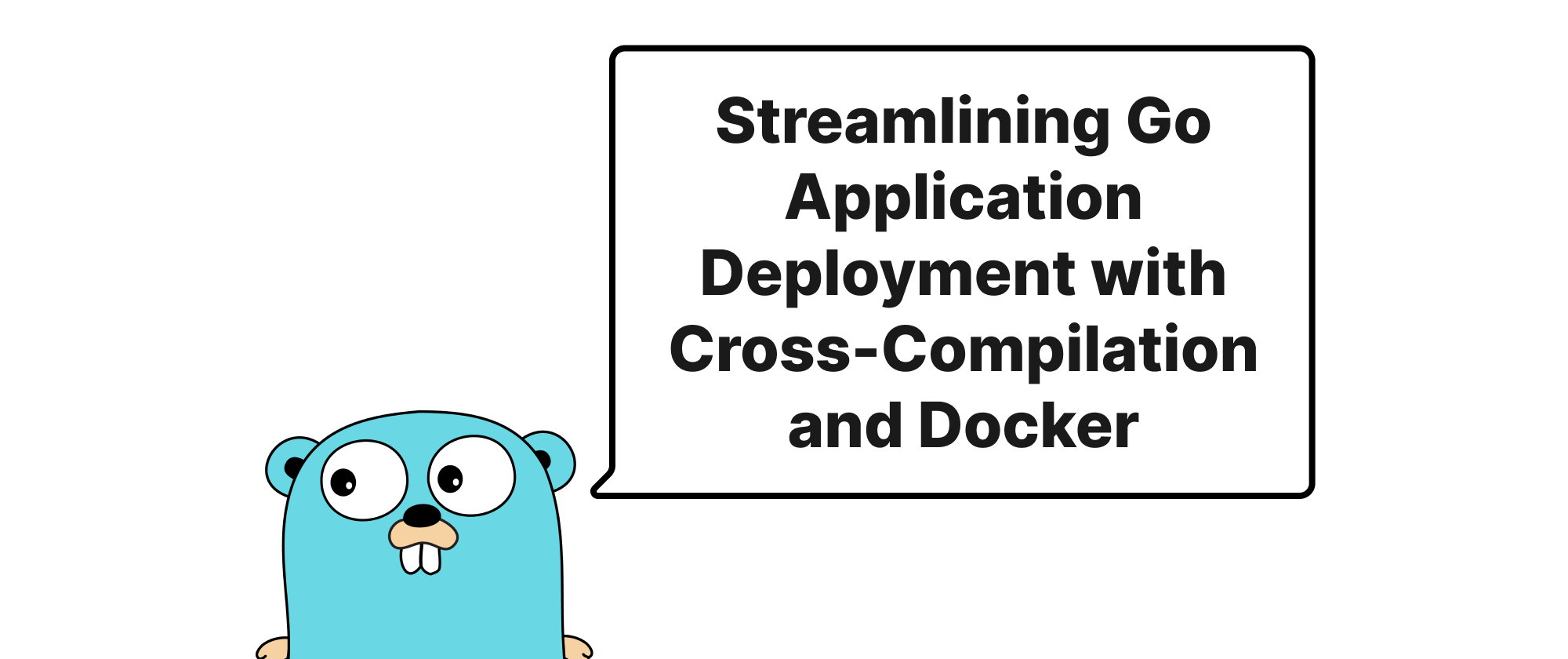
Streamlining Go Application Deployment with Cross-Compilation and Docker
This article explores the powerful combination of Go's cross-compilation capabilities and Docker for building and deploying applications efficiently across diverse environments.
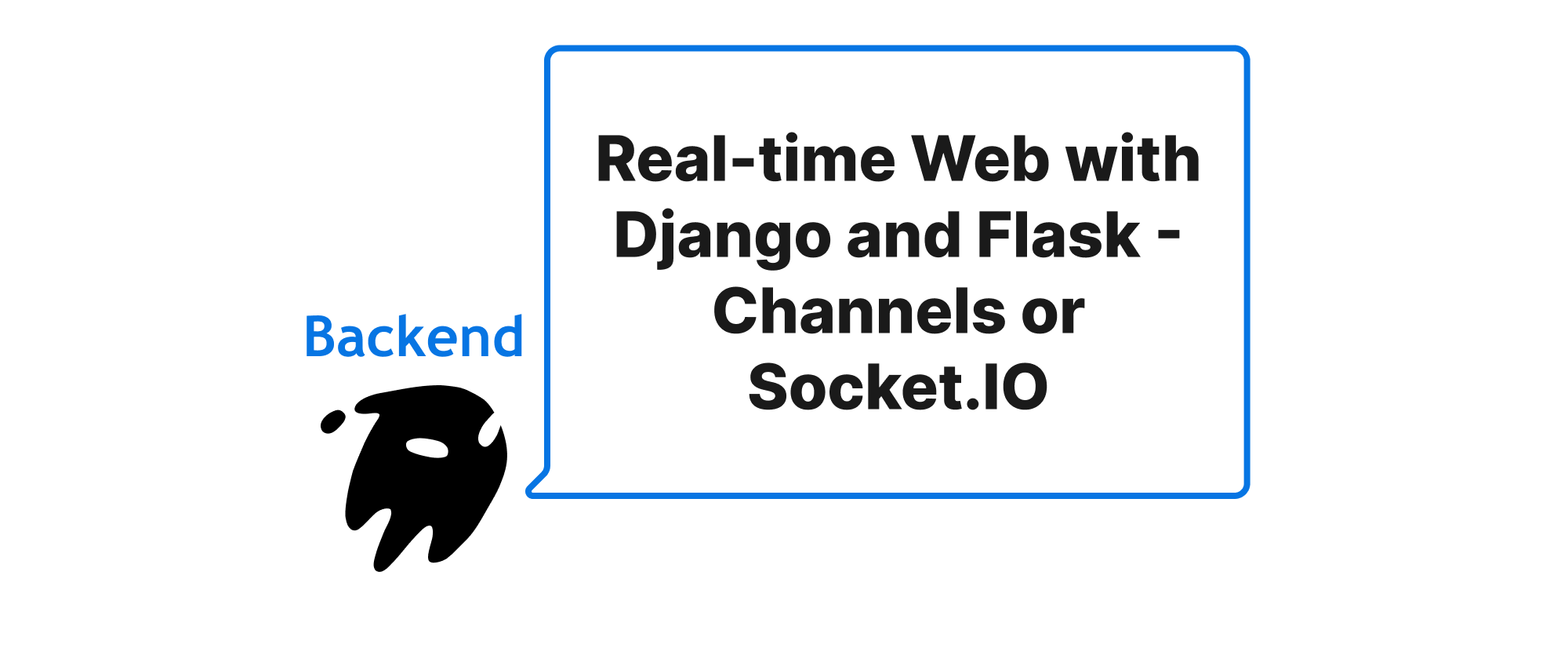
Real-time Web with Django and Flask - Channels or Socket.IO
Choosing the right WebSocket solution for your Python web application, comparing Django Channels and Socket.IO for Flask, with practical examples.
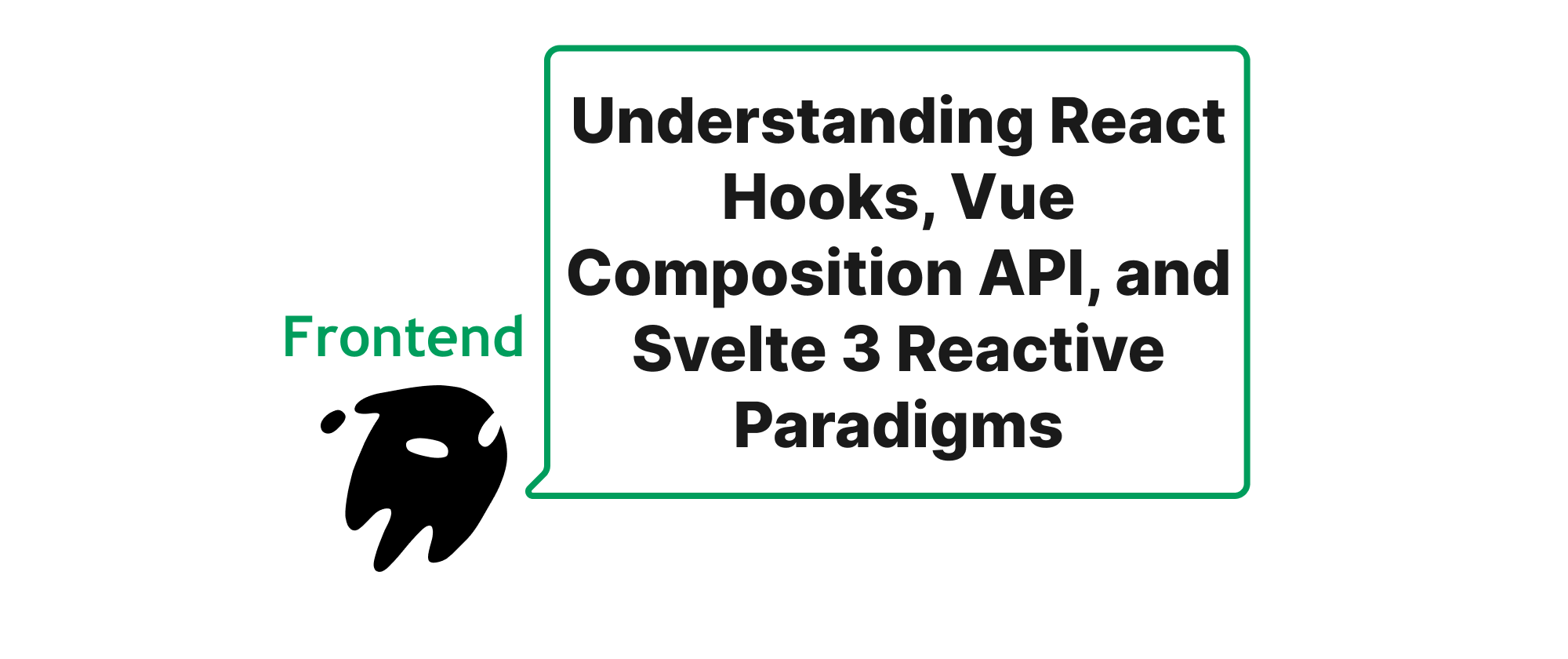
Understanding React Hooks, Vue Composition API, and Svelte 3 Reactive Paradigms
This article delves into the mental models of reactivity in React Hooks, Vue Composition API, and Svelte 3, comparing their approaches to state management and side effects with code examples.
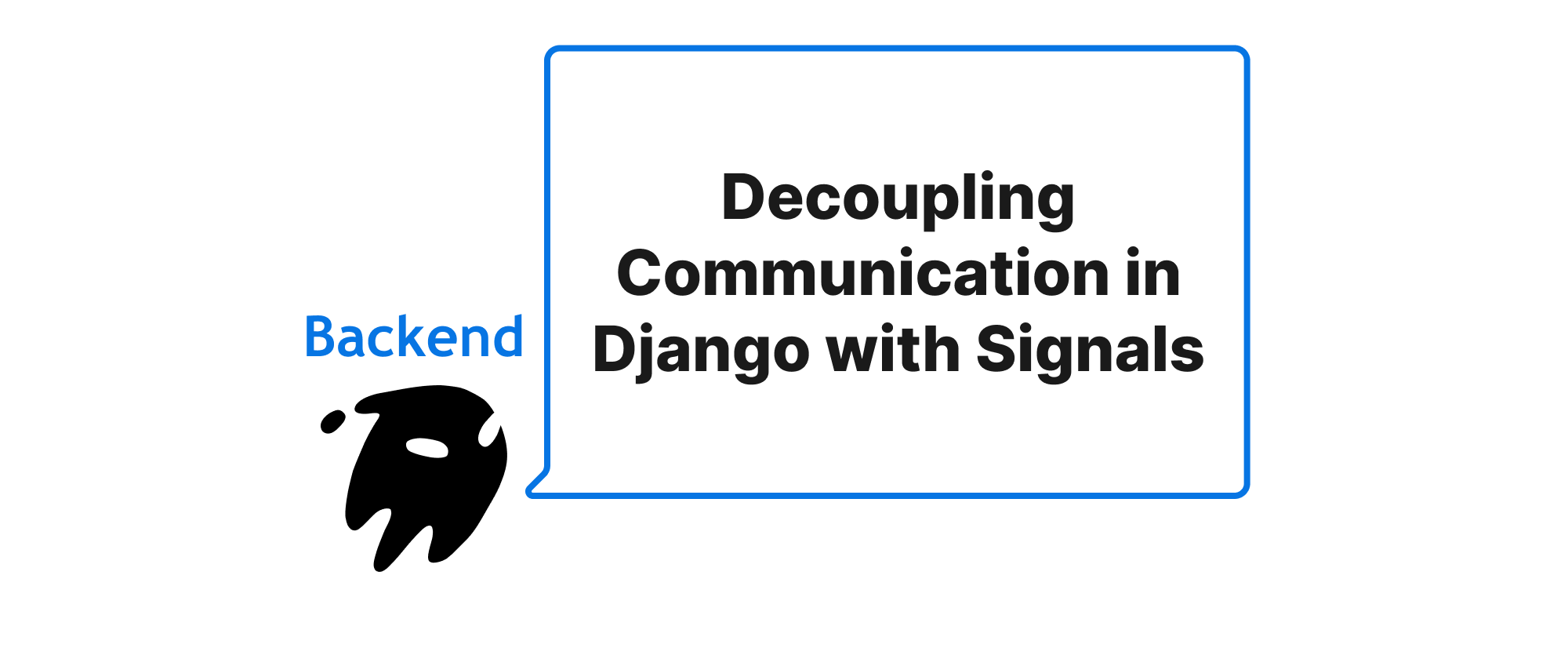
Decoupling Communication in Django with Signals
This article delves into Django's Signals, explaining their core concepts, implementation, and practical applications for achieving decoupled communication between different parts of your Django applications.
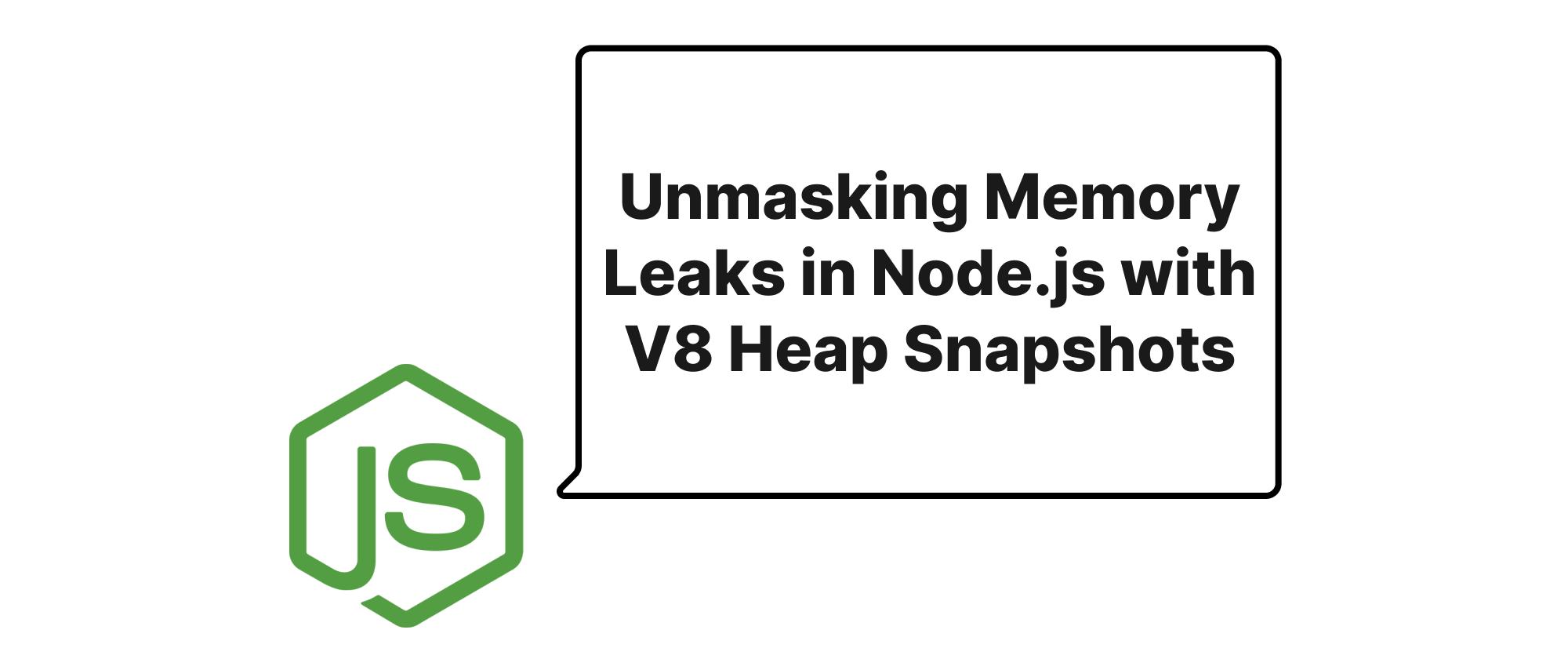
Unmasking Memory Leaks in Node.js with V8 Heap Snapshots
Dive deep into diagnosing and resolving memory leaks in Node.js applications by leveraging V8's powerful Heap Snapshots. This guide covers core concepts, practical techniques, and real-world examples to keep your applications running efficiently.
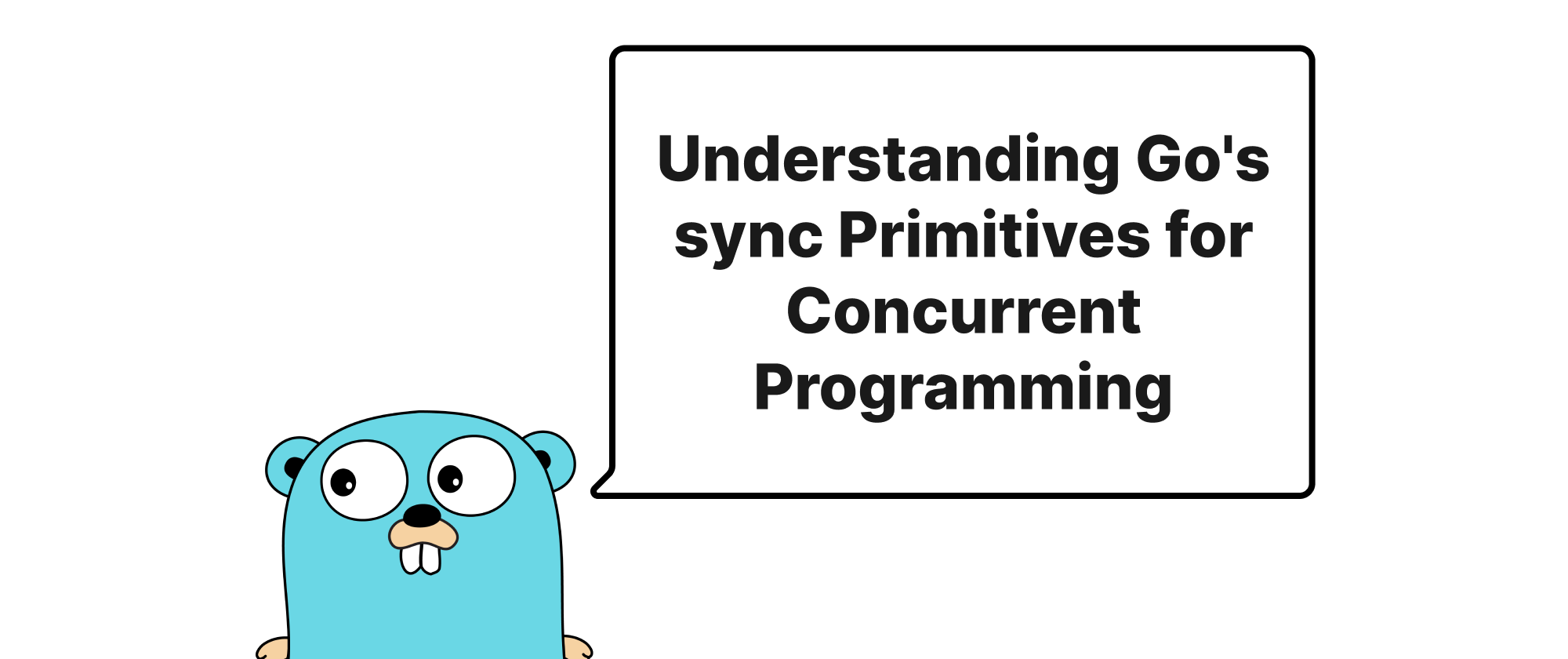
Understanding Go's sync Primitives for Concurrent Programming
This article delves into the core synchronization primitives provided by Go's `sync` package – Mutex, RWMutex, WaitGroup, and Cond – explaining their underlying principles, practical implementations, and appropriate use cases for robust concurrent applications.
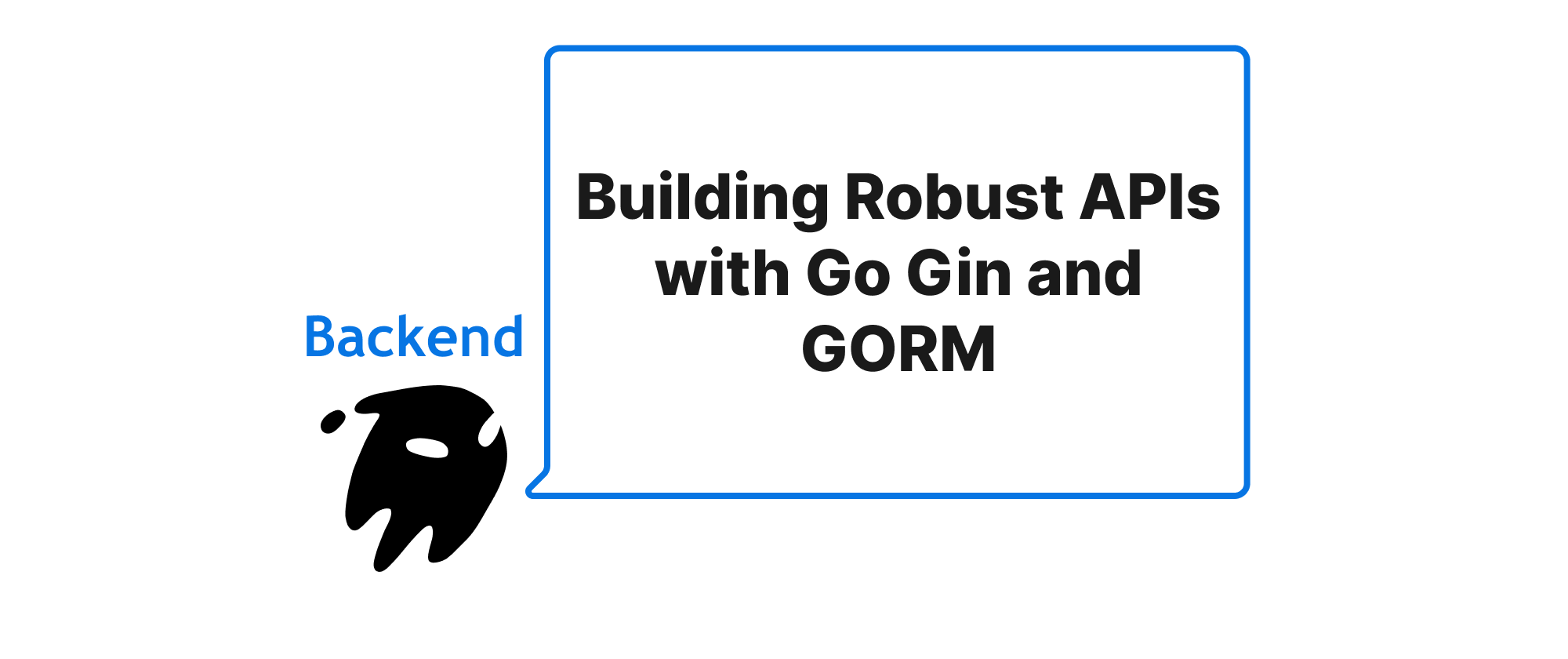
Building Robust APIs with Go Gin and GORM
Explore the potent combination of Go's Gin framework and GORM ORM for crafting efficient and scalable CRUD APIs. This article delves into the "why" and "how," demonstrating practical applications with code examples.
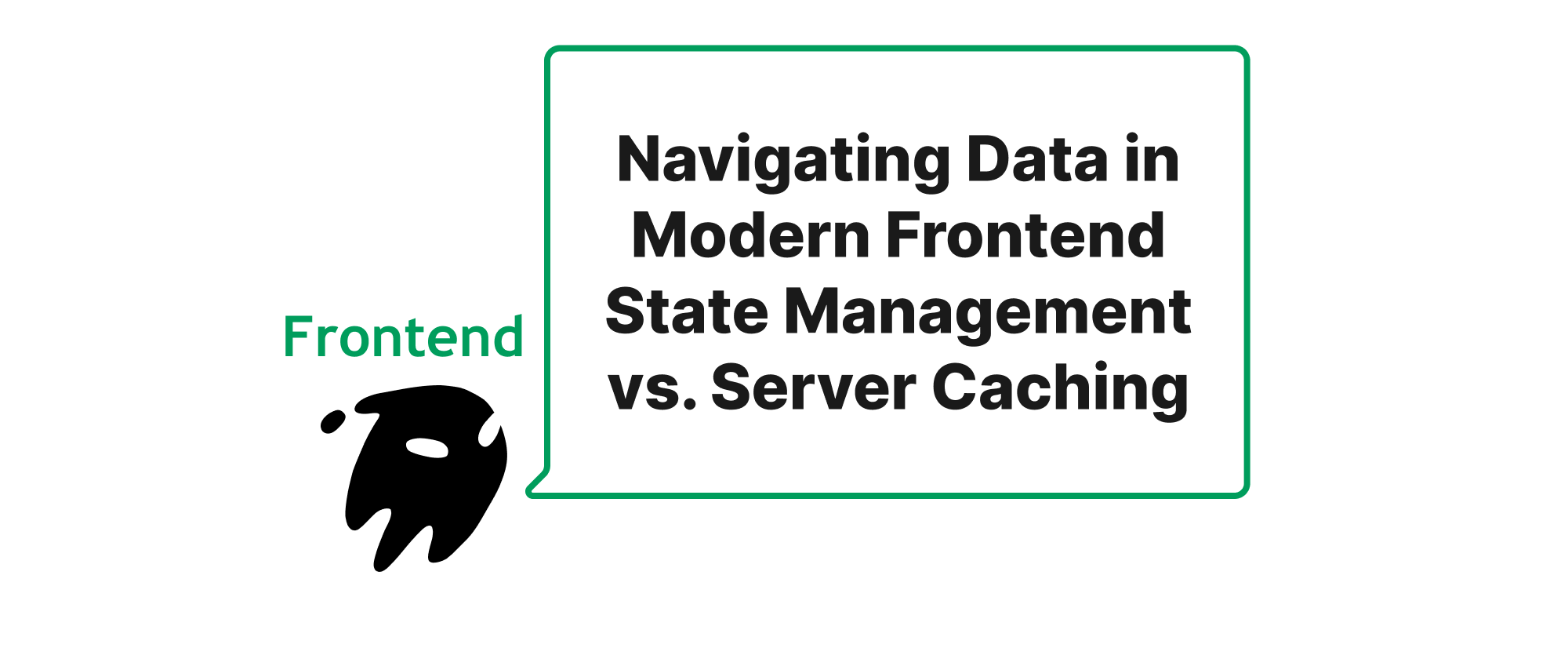
Navigating Data in Modern Frontend State Management vs. Server Caching
A deep dive into Zustand/Pinia for global state and TanStack Query for server caching, exploring their principles, use cases, and how they optimize frontend data handling.
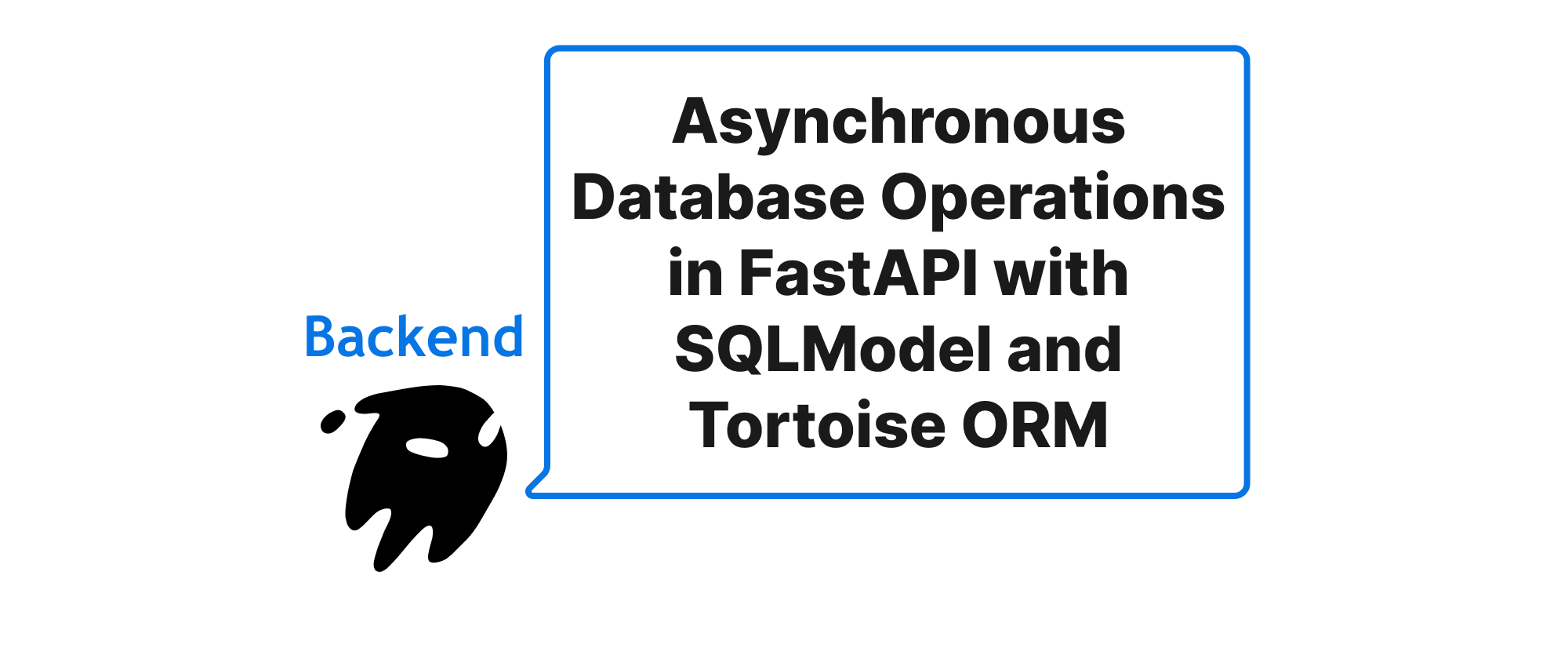
Asynchronous Database Operations in FastAPI with SQLModel and Tortoise ORM
Exploring efficient asynchronous database interactions within FastAPI applications using SQLModel for an ORM approach and Tortoise ORM for a more traditional asynchronous ORM experience. This article delves into their principles, implementations, and practical use cases.
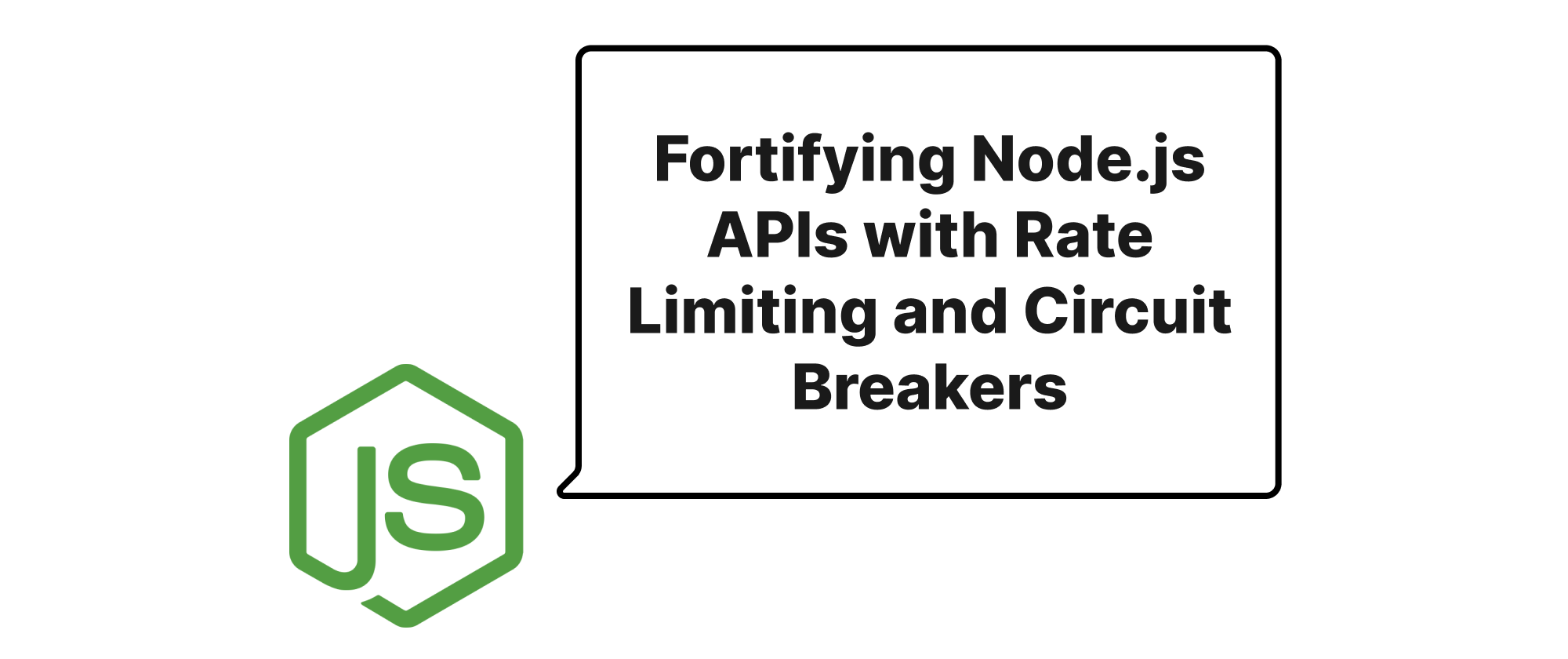
Fortifying Node.js APIs with Rate Limiting and Circuit Breakers
This article delves into the critical role of rate limiting and circuit breakers in building robust and resilient Node.js APIs, explaining their principles, implementation with code examples, and practical applications.
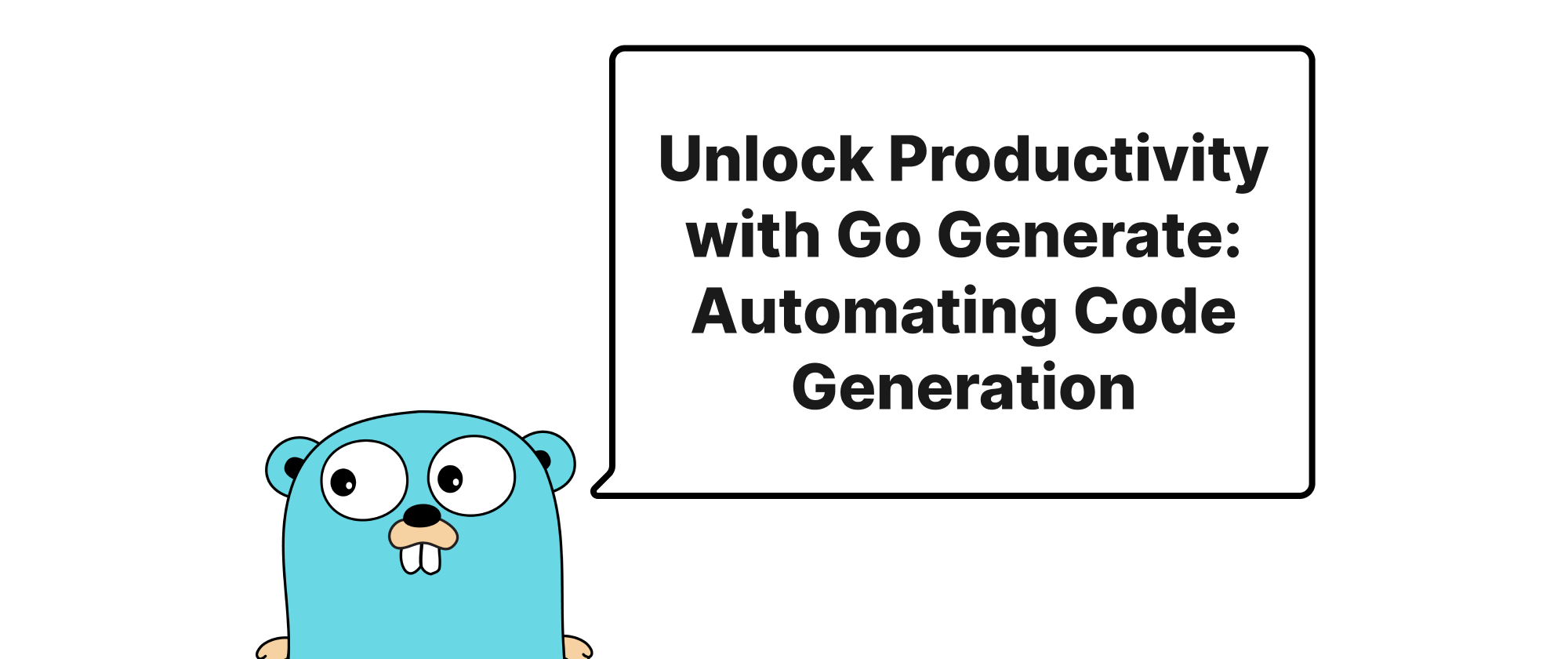
Unlock Productivity with Go Generate: Automating Code Generation
Explore how Go's `go generate` command can revolutionize your development workflow by automating repetitive code generation tasks, improving efficiency and reducing errors.
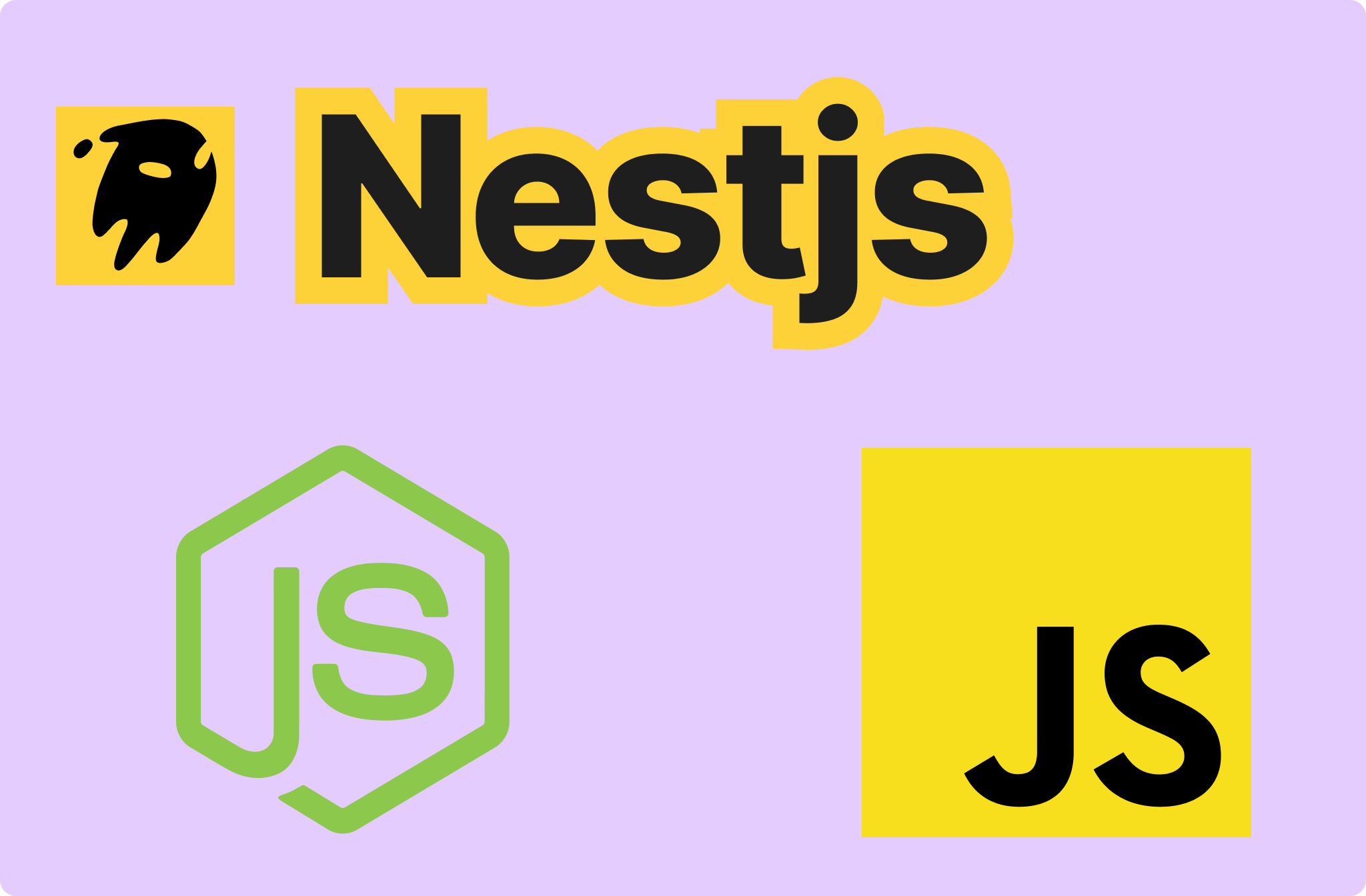
NestJS in 2025: Still Worth It for Backend Developers?
In 2025, amid the ever-proliferating landscape of JavaScript backend frameworks, NestJS remains the unrivaled leader in enterprise-level application development. Since its initial release in 2017, this Node.js-based framework has not only withstood the pressure from predecessors like Express and Koa but also fended off challenges from rising stars such as Fastify and Adonis. Instead, it has amassed over 60k stars on GitHub, securing a spot among the world's top 5 backend frameworks. What enables NestJS to break the "three-year cycle" curse of frontend frameworks? What irreplaceable reasons make it a top choice in 2025?
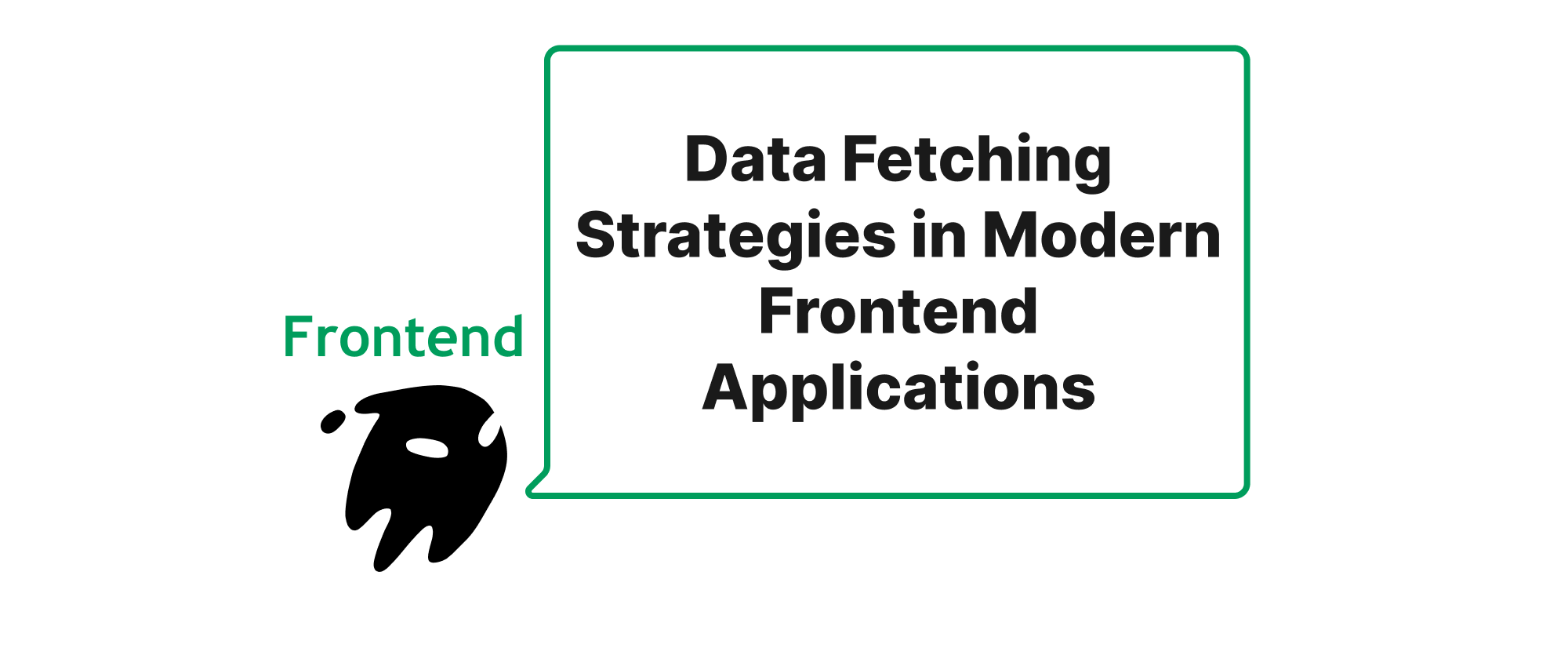
Data Fetching Strategies in Modern Frontend Applications
Exploring fetch-on-render, fetch-then-render, and render-as-you-fetch patterns for optimizing data delivery in contemporary web development.
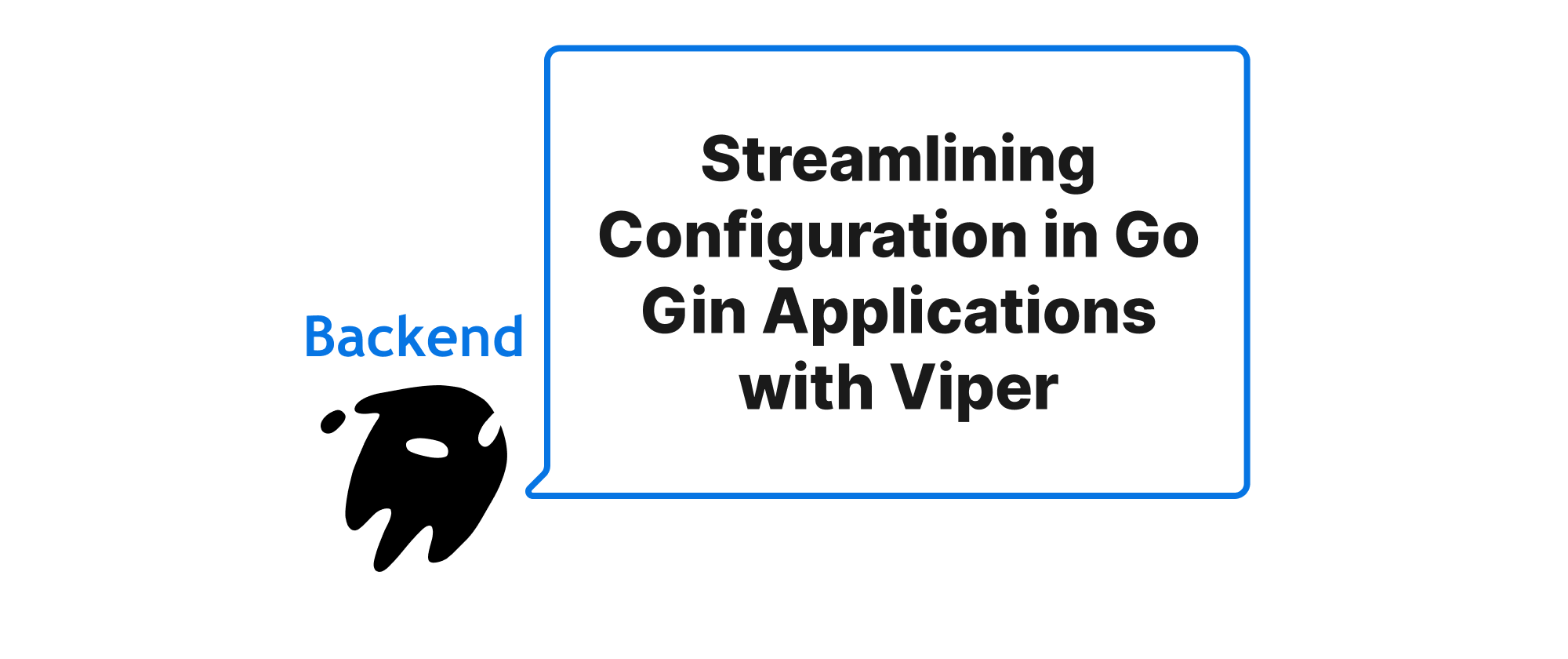
Streamlining Configuration in Go Gin Applications with Viper
Learn how to implement robust and flexible configuration management in your Go Gin applications using the Viper library, enhancing maintainability and deployment versatility.
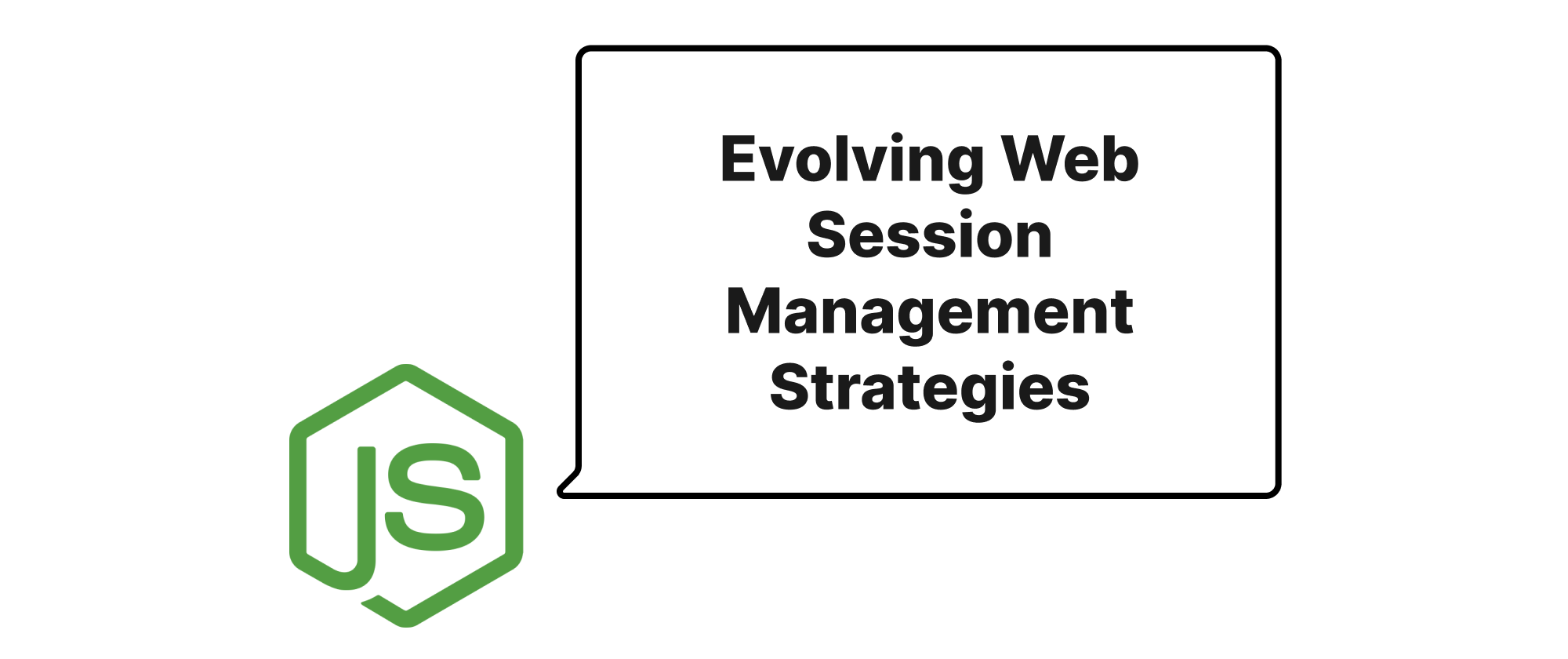
Evolving Web Session Management Strategies
A deep dive into modern session management techniques for JavaScript-based web applications, comparing JWT, PASETO, and database-backed sessions.
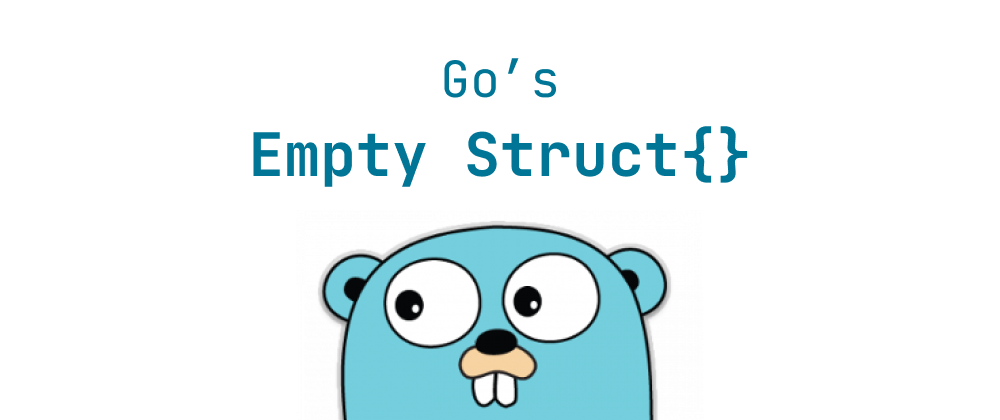
Infinite Uses of Go's Empty Struct
Explore Go's zero-size struct type: definition, behavior, and practical uses in sets, channels, and interfaces.
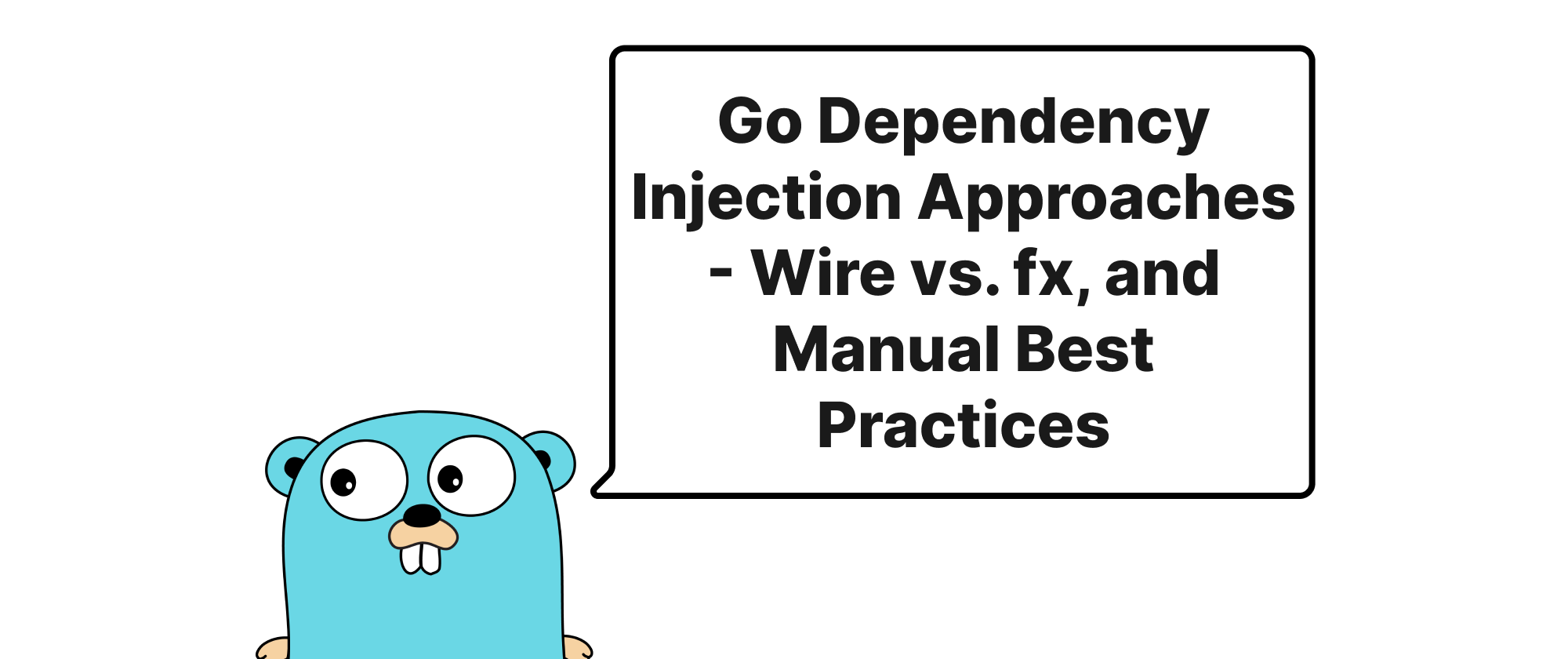
Go Dependency Injection Approaches - Wire vs. fx, and Manual Best Practices
A comprehensive comparison of dependency injection solutions in Go, including Google Wire, Uber Fx, and plain manual injection, highlighting their trade-offs and practical applications.
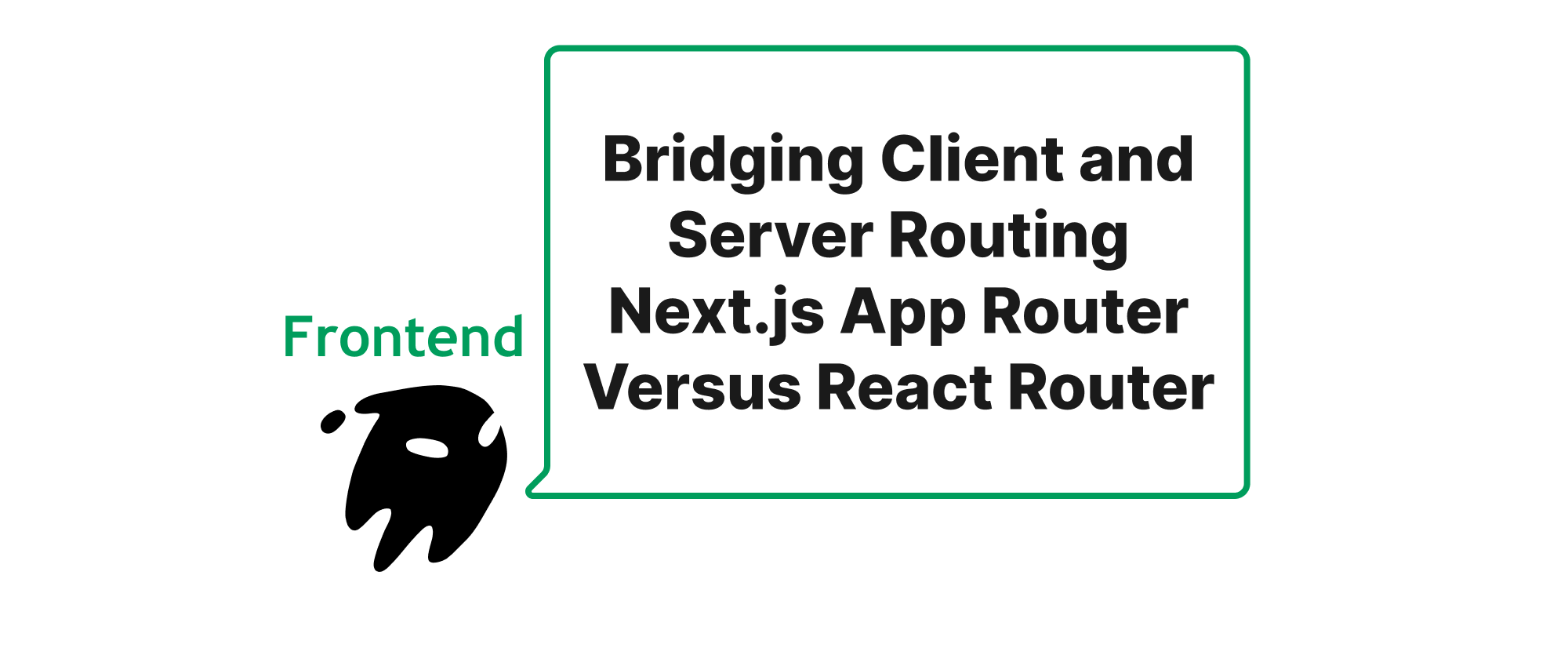
Bridging Client and Server Routing Next.js App Router Versus React Router
Exploring the paradigm shift in routing with Next.js App Router and the traditional client-side approach of React Router, and how they define modern web application architecture.
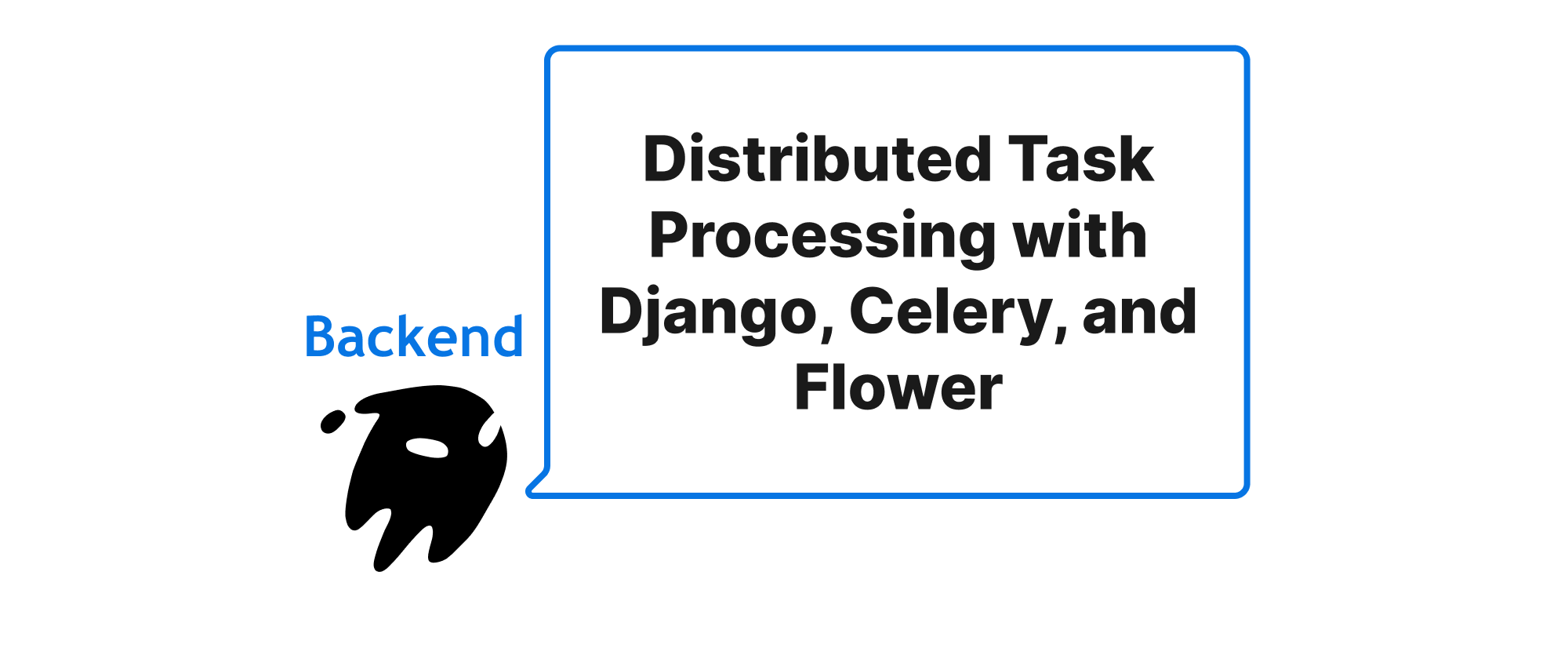
Distributed Task Processing with Django, Celery, and Flower
Explore how Django, Celery, and Flower can be leveraged to build, execute, and monitor robust distributed background tasks, enhancing application scalability and responsiveness.
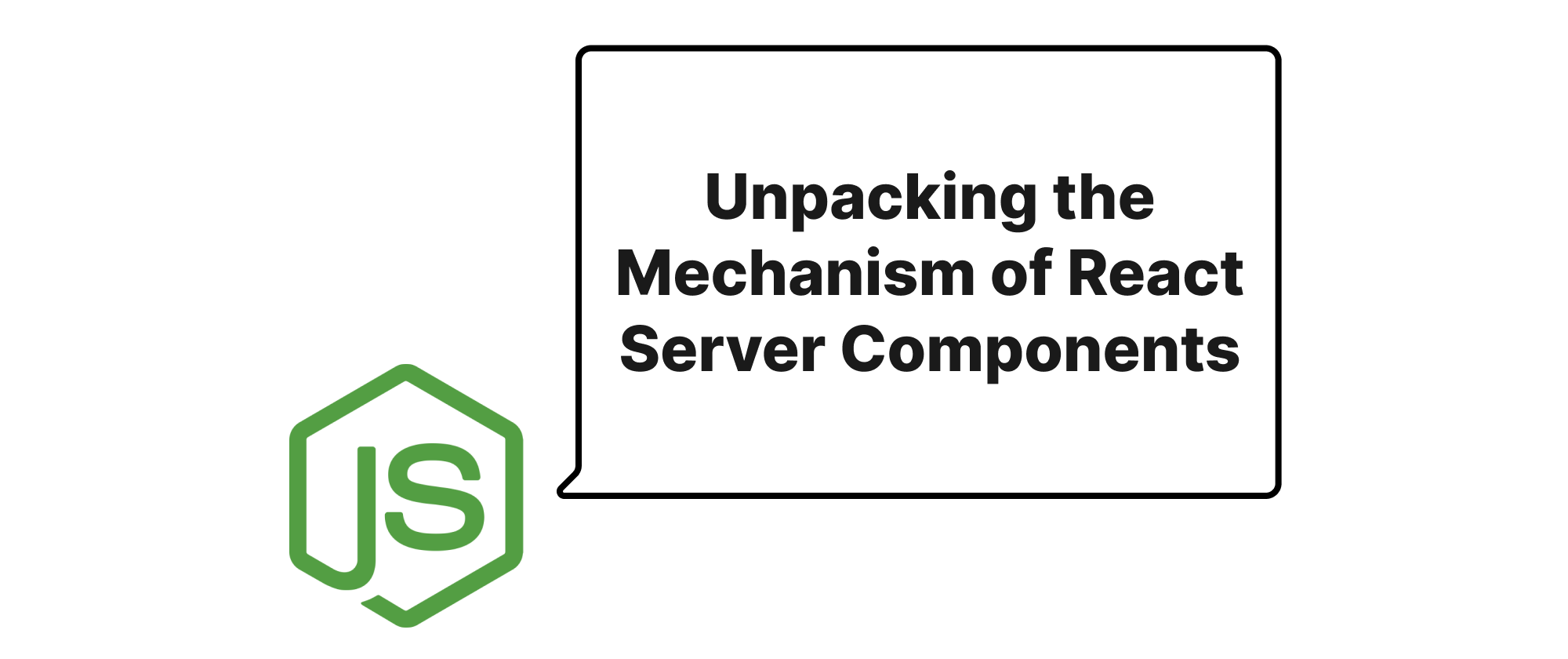
Unpacking the Mechanism of React Server Components and Their Influence on Node.js Backends
This article delves into the core principles of React Server Components (RSC), explaining their architectural underpinnings, practical implementation, and significant implications for Node.js backend development, illustrated with code examples.
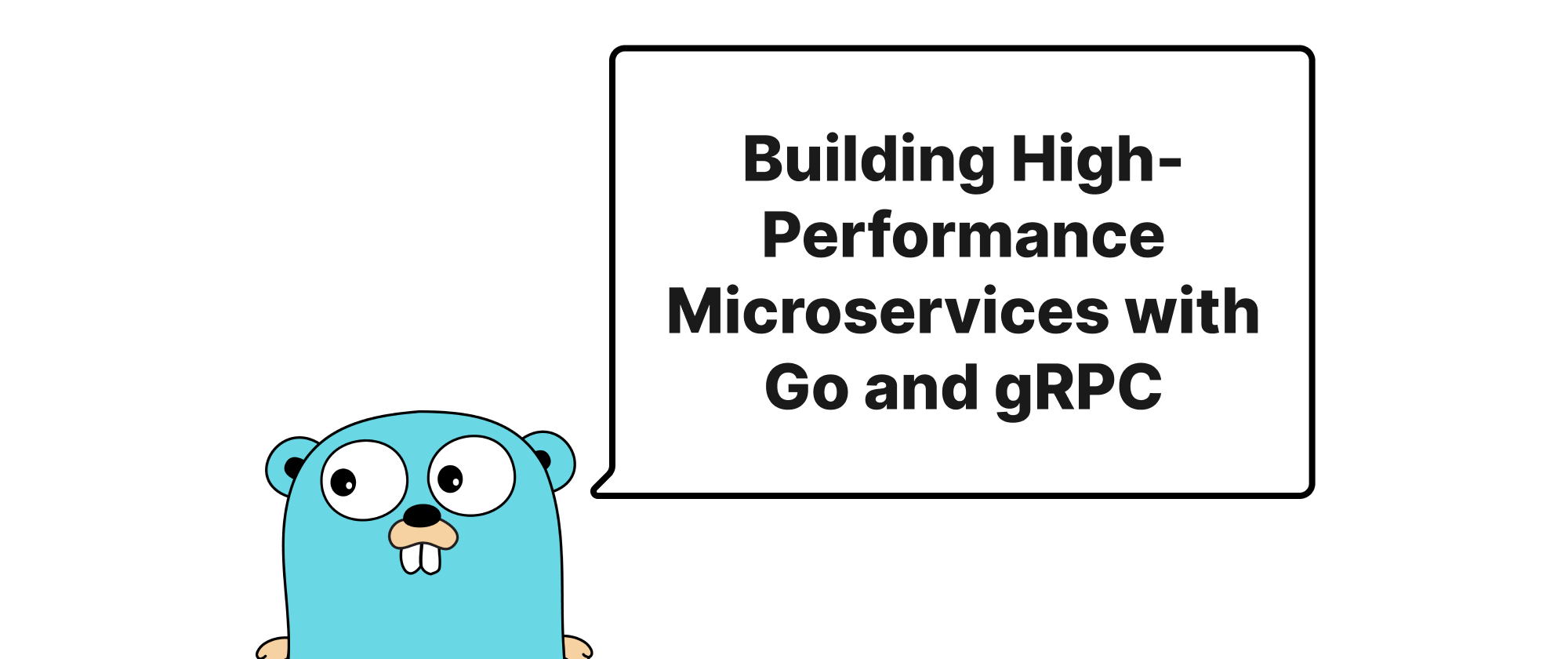
Building High-Performance Microservices with Go and gRPC
Explore the fundamentals of gRPC in Go, from core concepts to practical implementation, to build robust and efficient microservice communication.
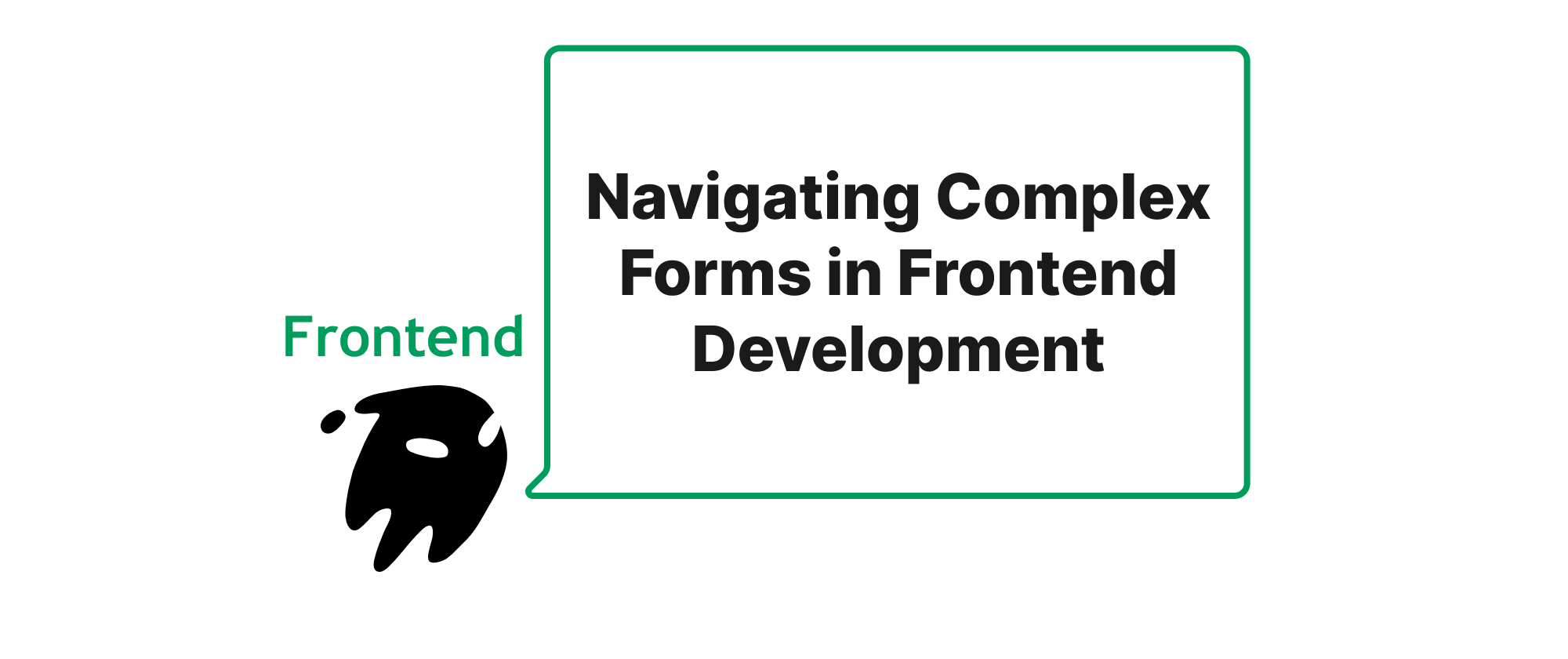
Navigating Complex Forms in Frontend Development
A deep dive into Formik, React Hook Form, and Vuelidate for managing form state and validation, highlighting their strengths and use cases.
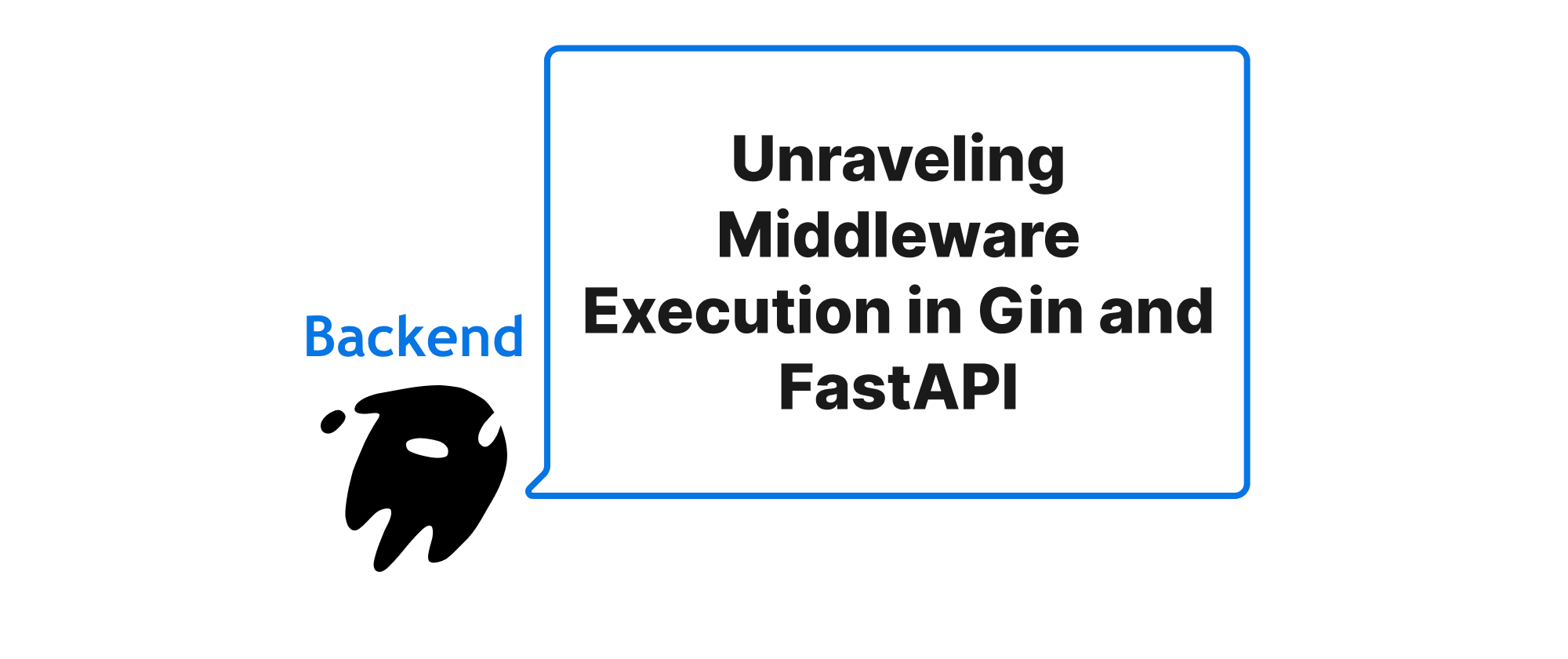
Unraveling Middleware Execution in Gin and FastAPI
This article delves into the intricate order of middleware execution and the request/response lifecycle within Gin and FastAPI, providing a foundational understanding for building robust and scalable web applications.
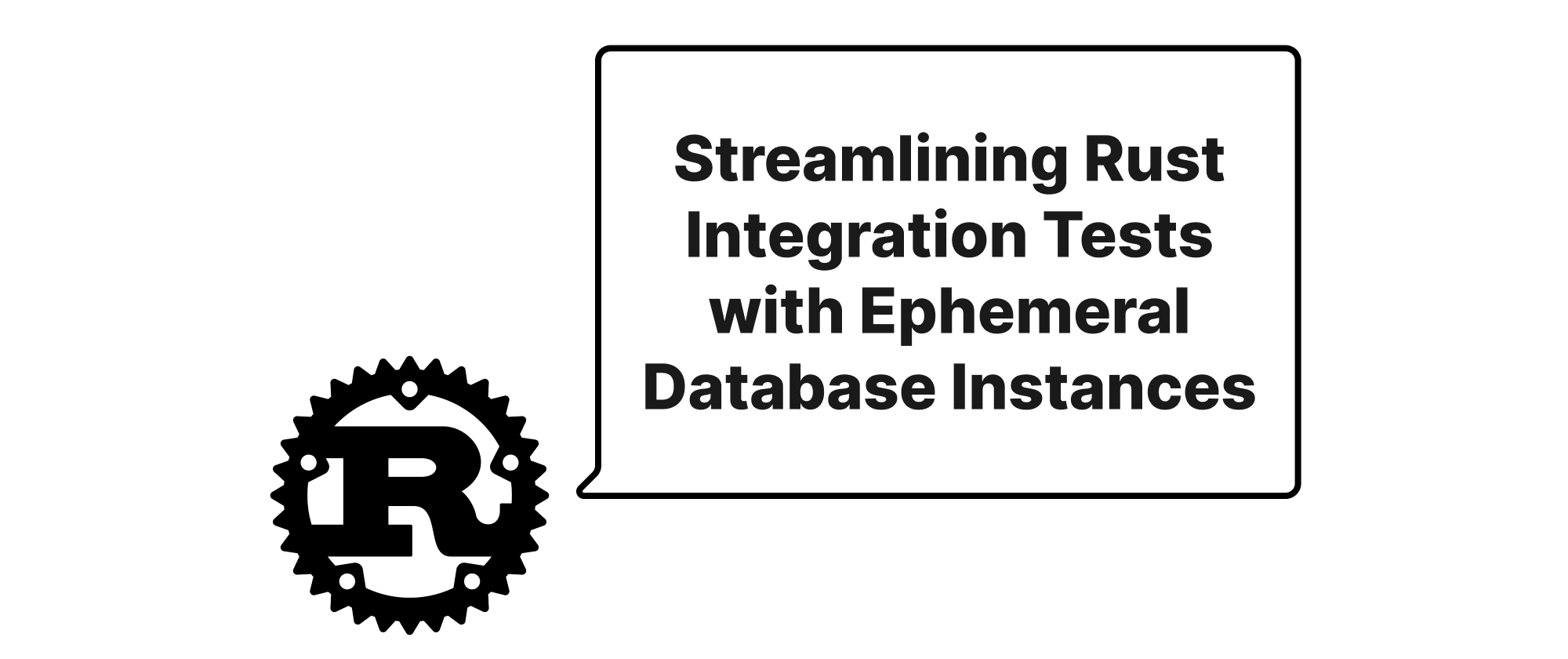
Streamlining Rust Integration Tests with Ephemeral Database Instances
This article delves into leveraging the `testcontainers` crate in Rust to dynamically provision and tear down isolated database instances for integration testing, ensuring clean, reliable, and efficient test environments.
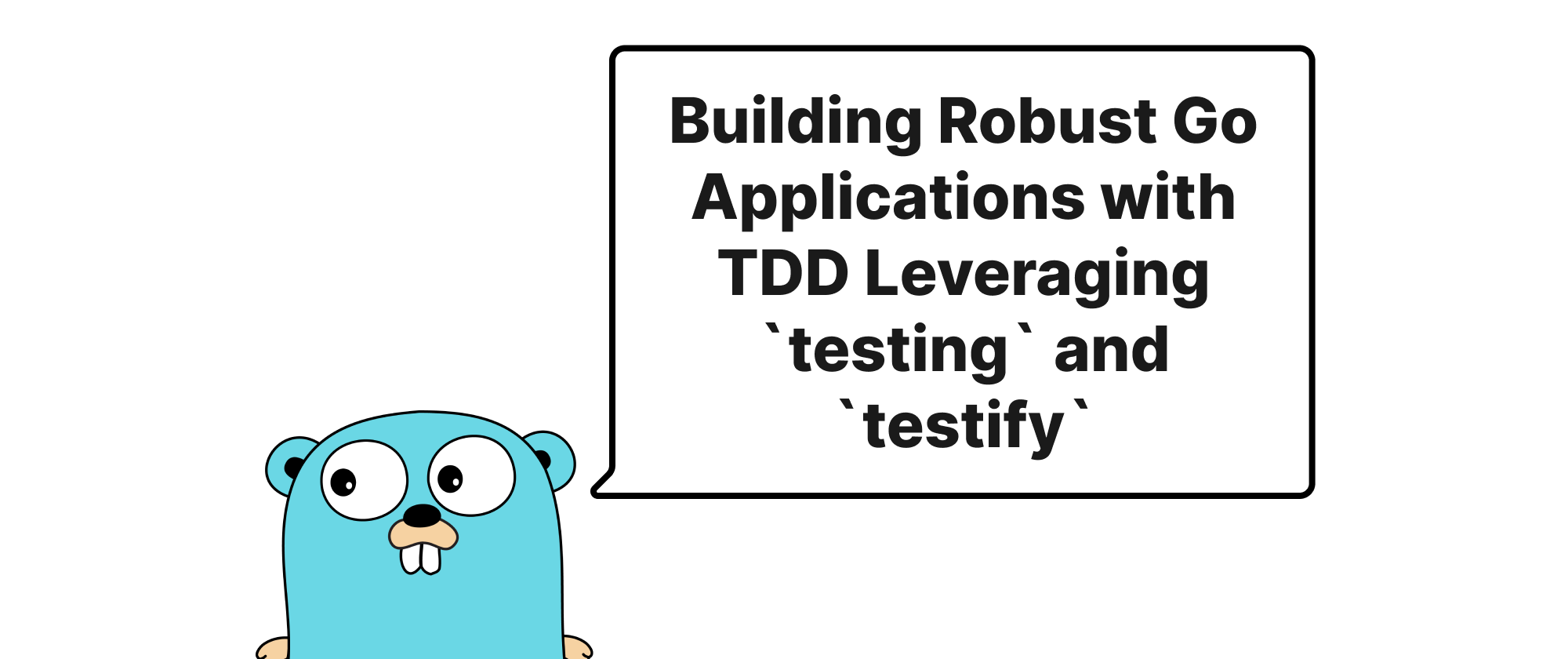
Building Robust Go Applications with TDD Leveraging `testing` and `testify`
Explore Test-Driven Development (TDD) in Go, focusing on practical implementation with Go's built-in `testing` package and the `testify` assertion library to write high-quality, maintainable applications.
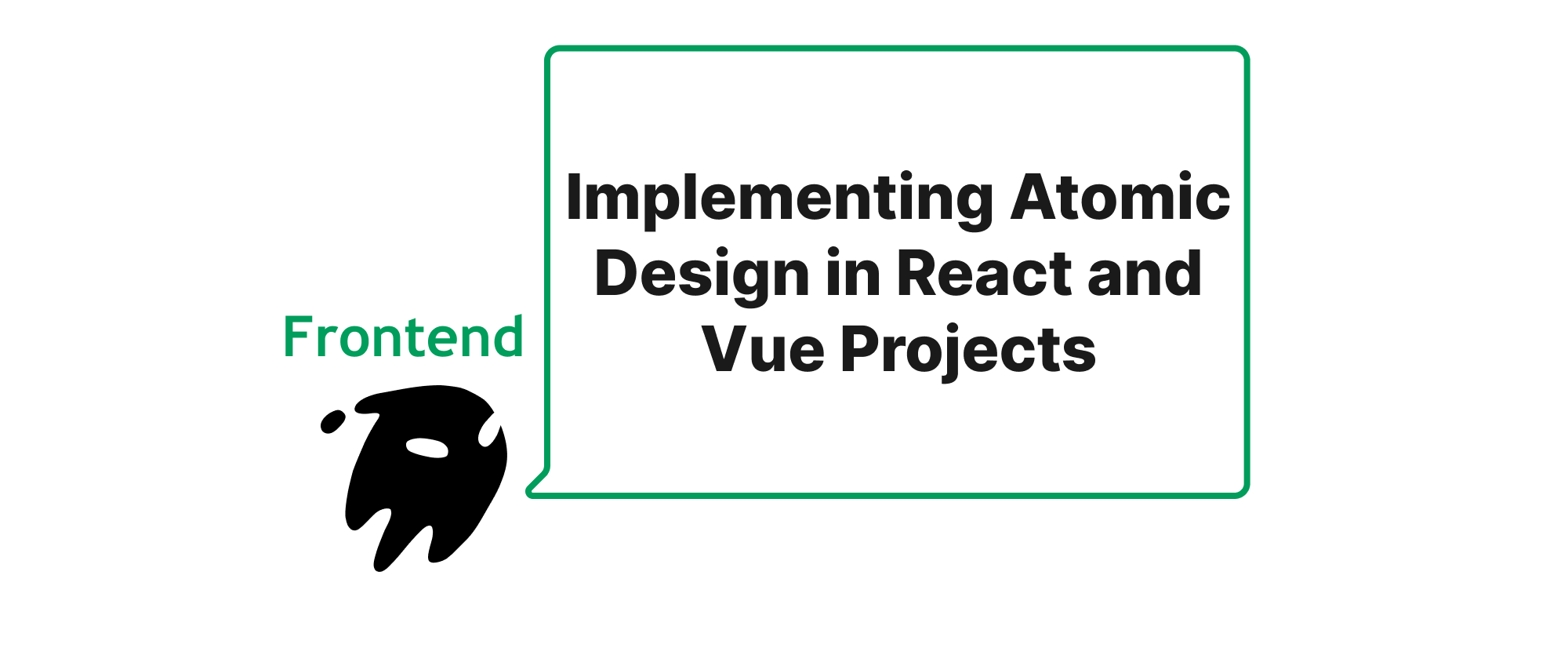
Implementing Atomic Design in React and Vue Projects
A comprehensive guide to integrating Atomic Design principles into modern frontend frameworks like React and Vue, enhancing component reusability and maintainability.
